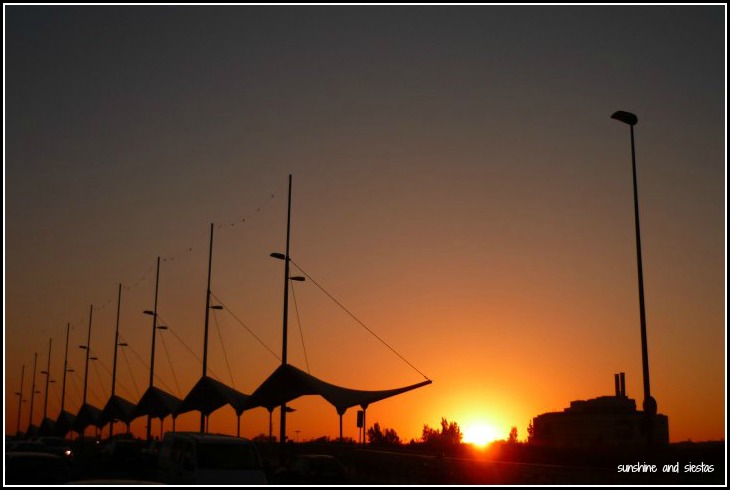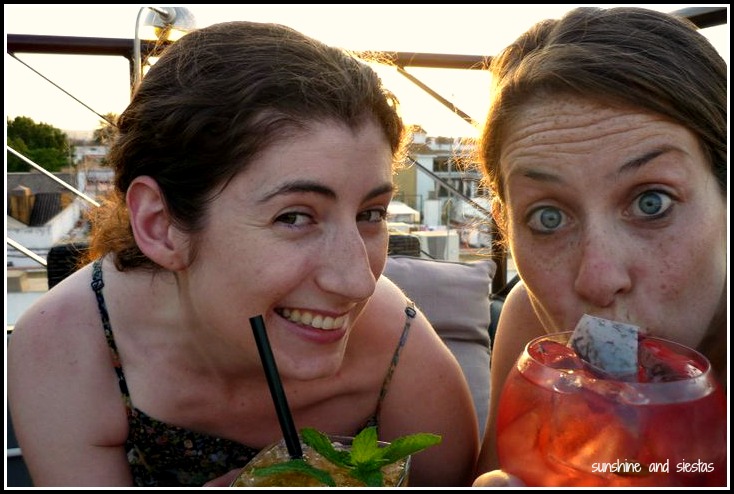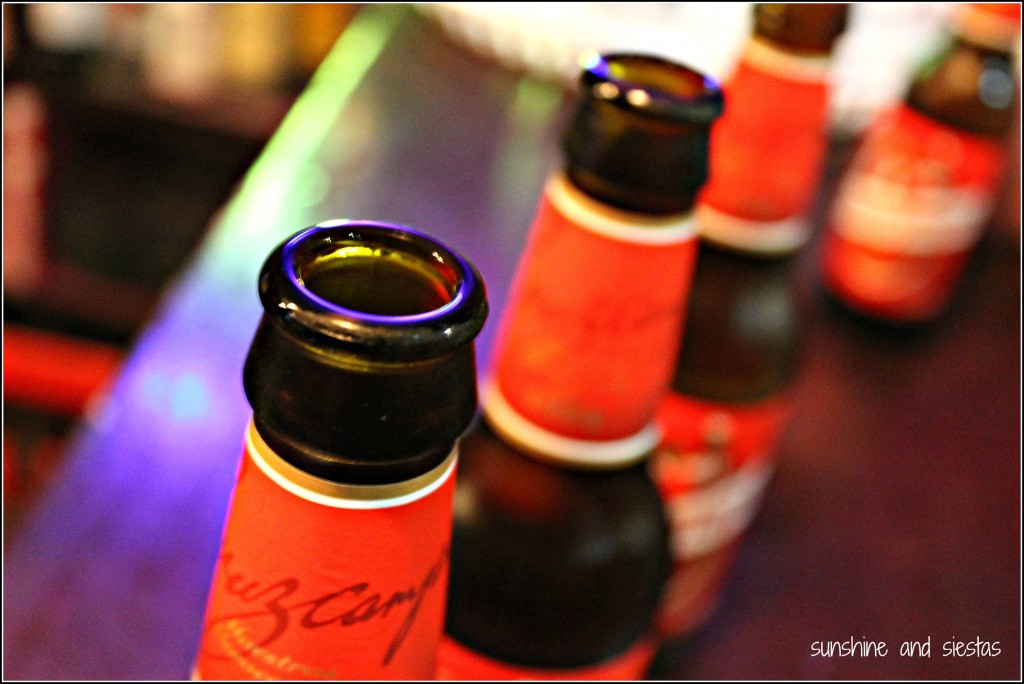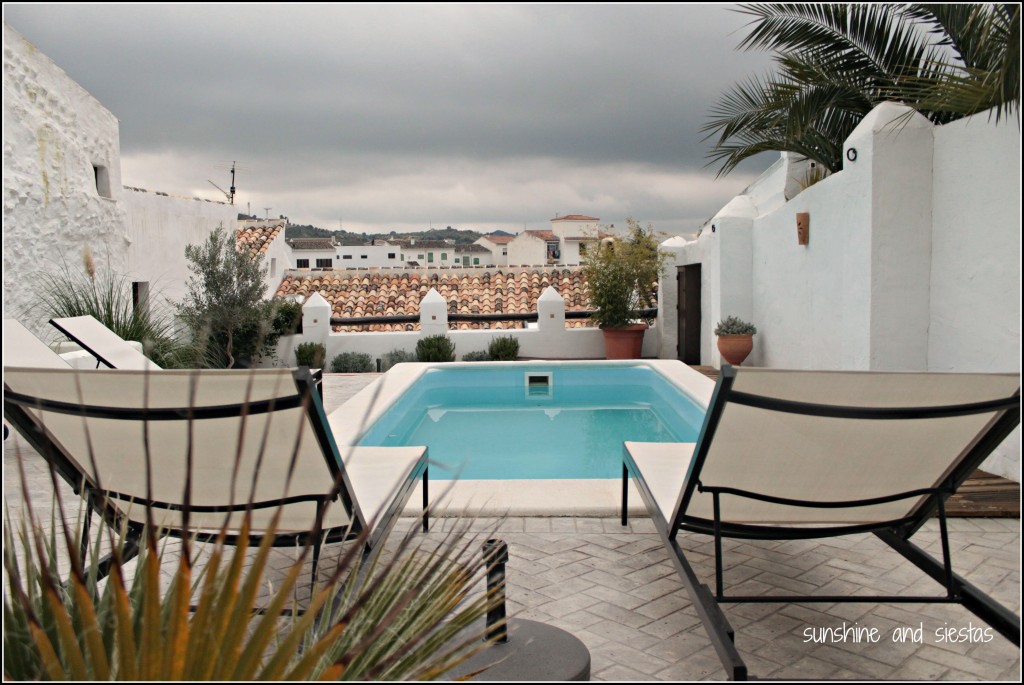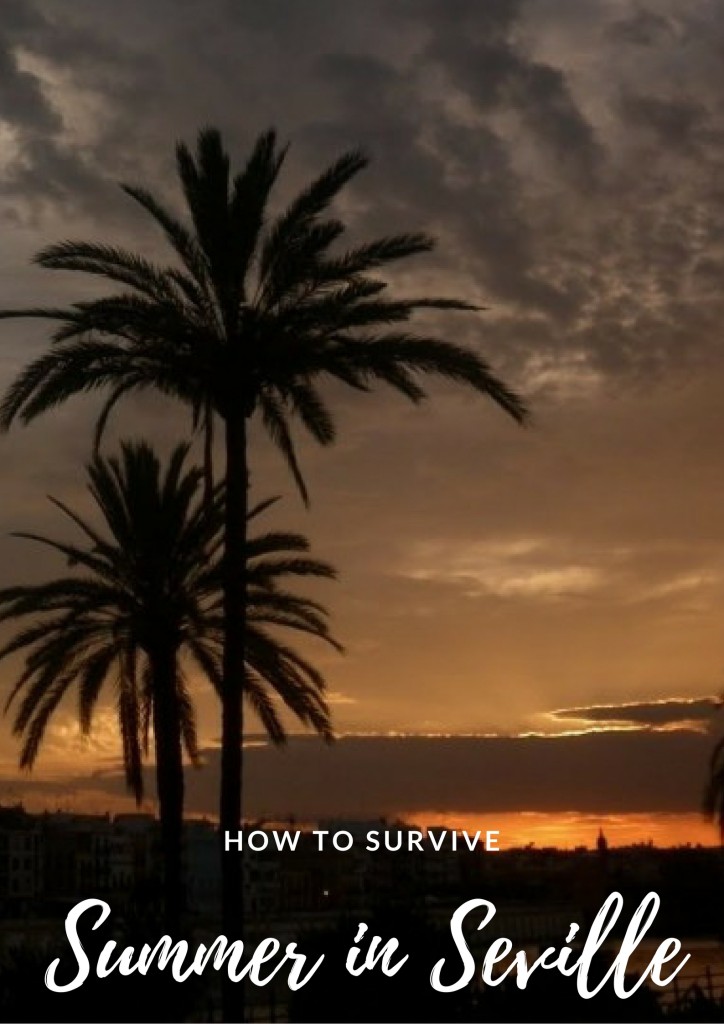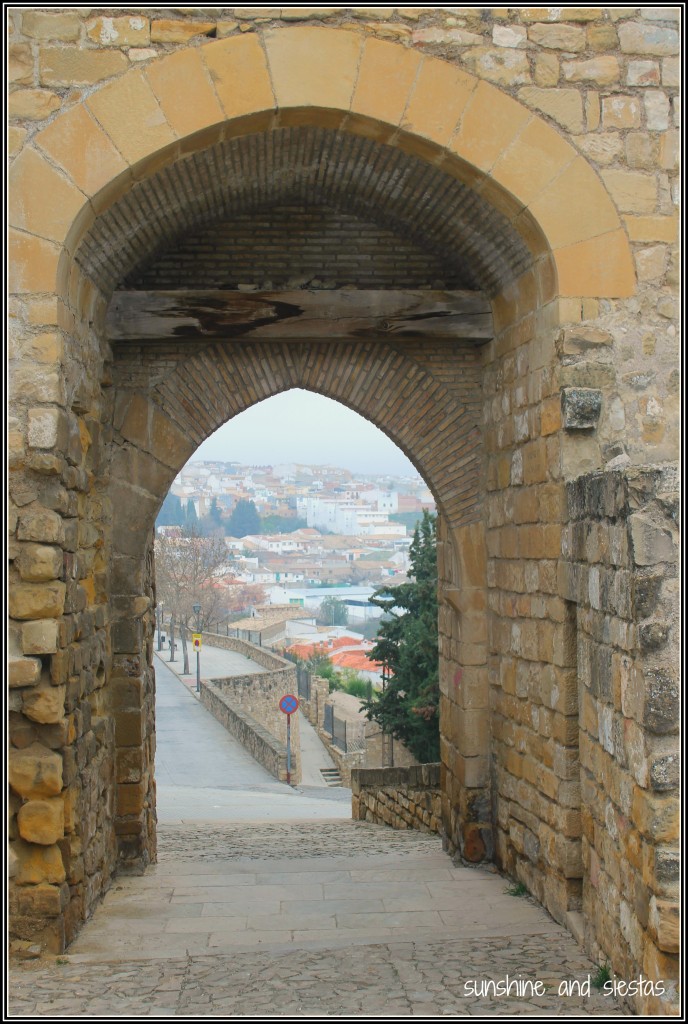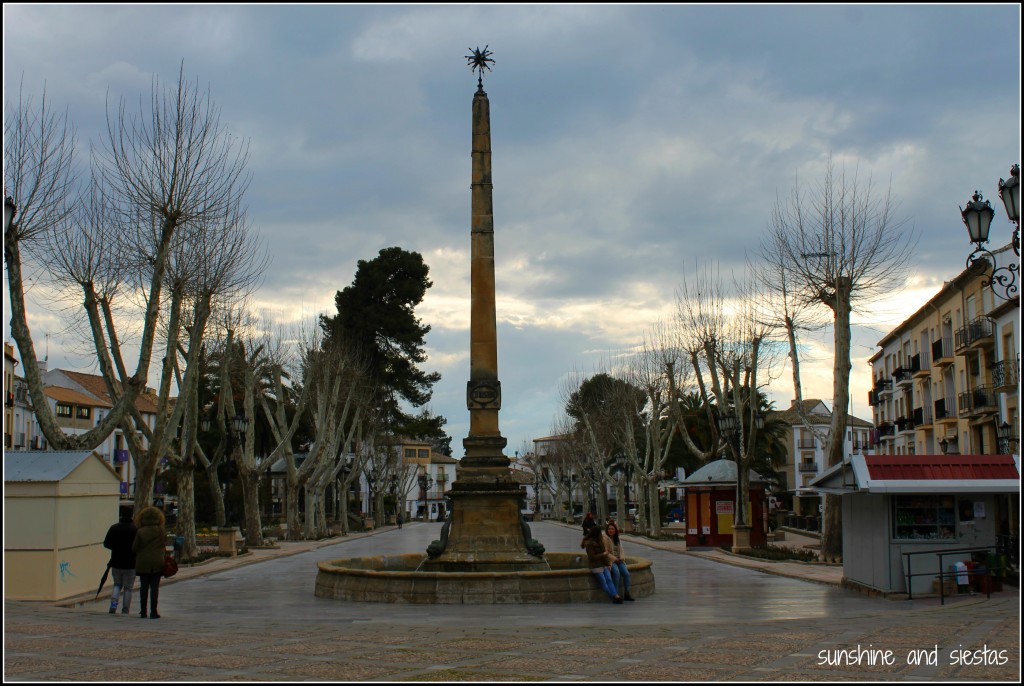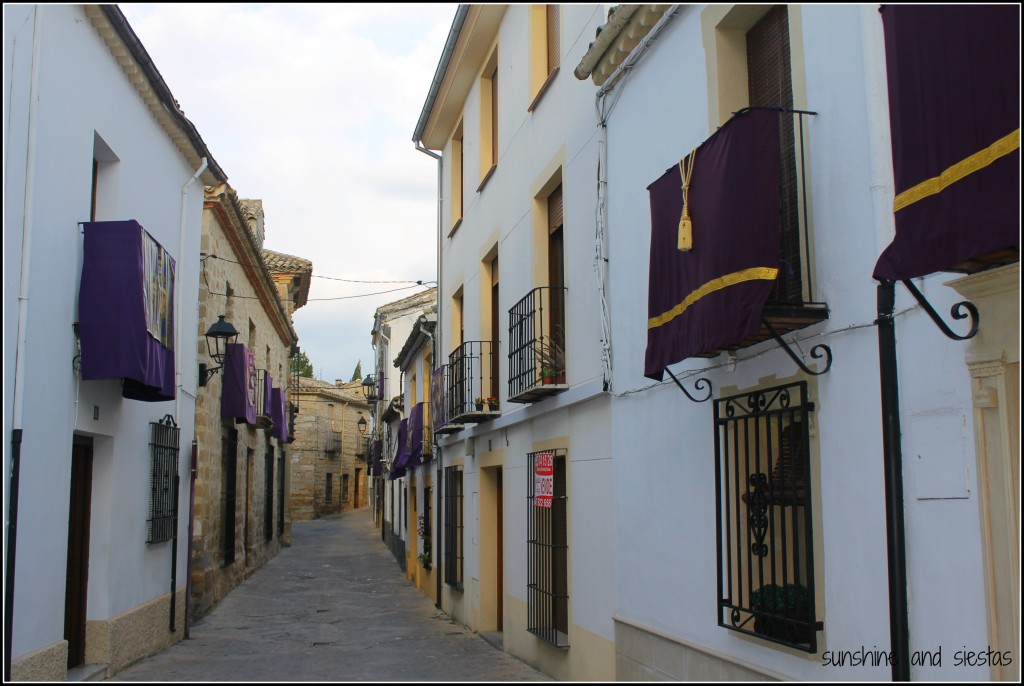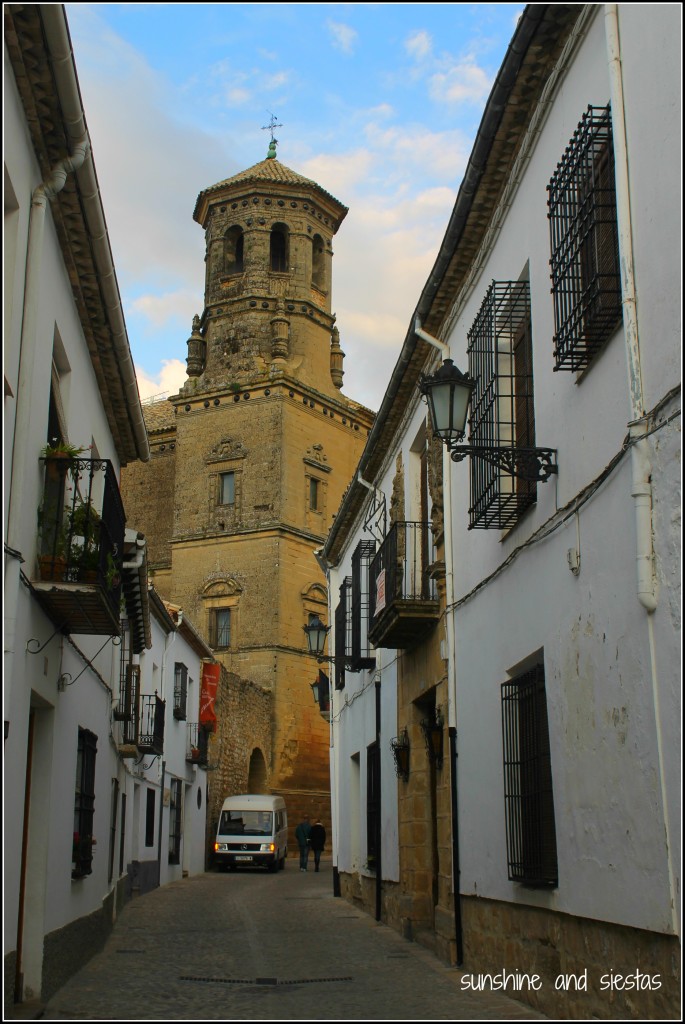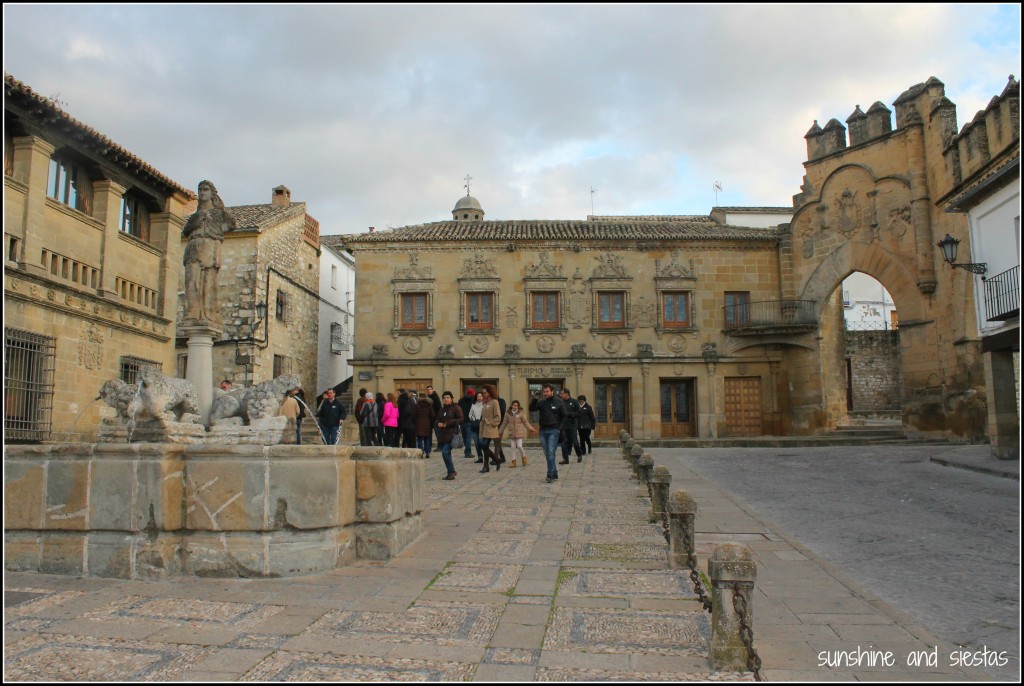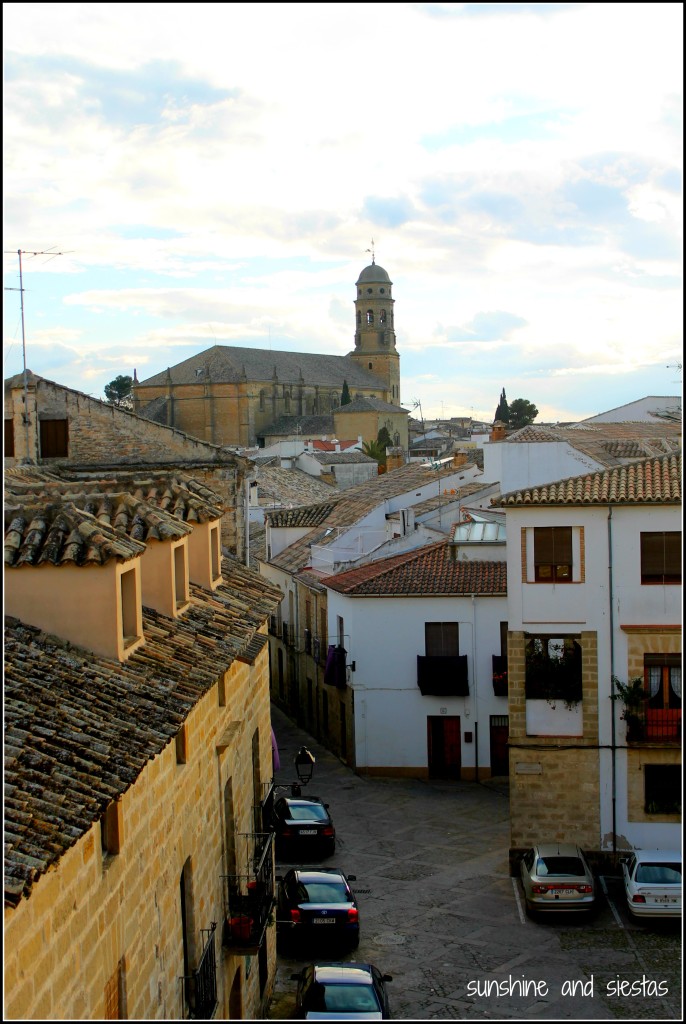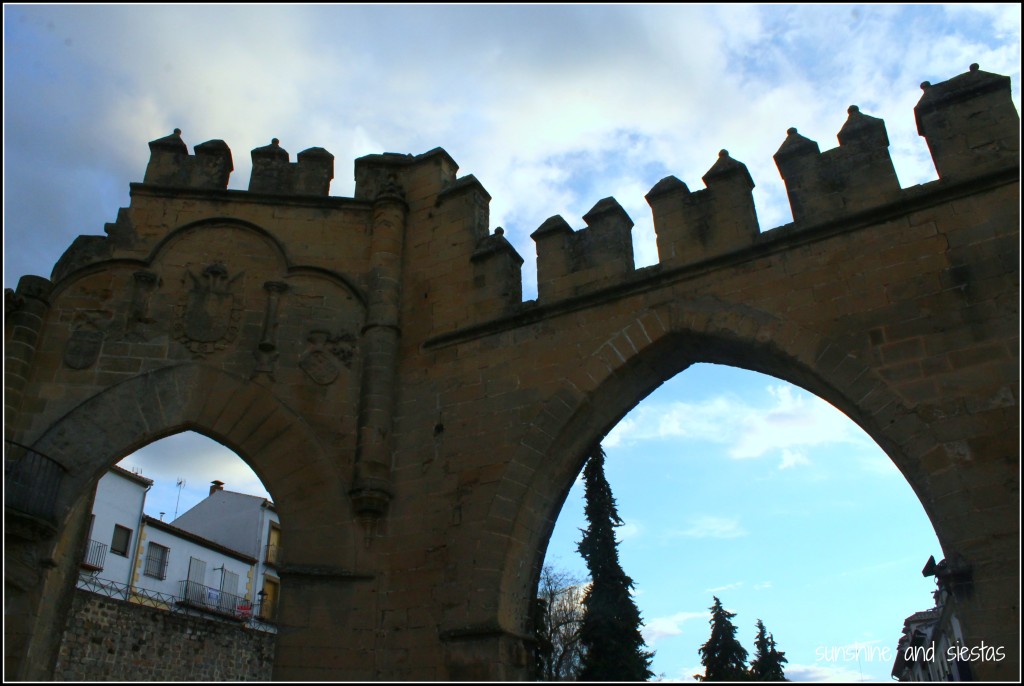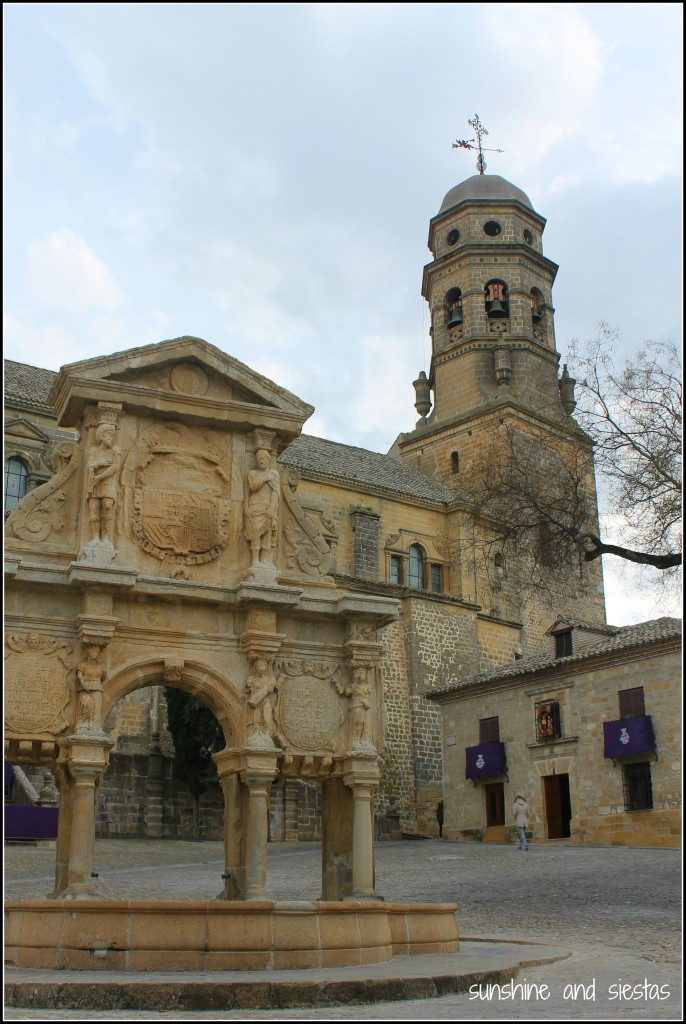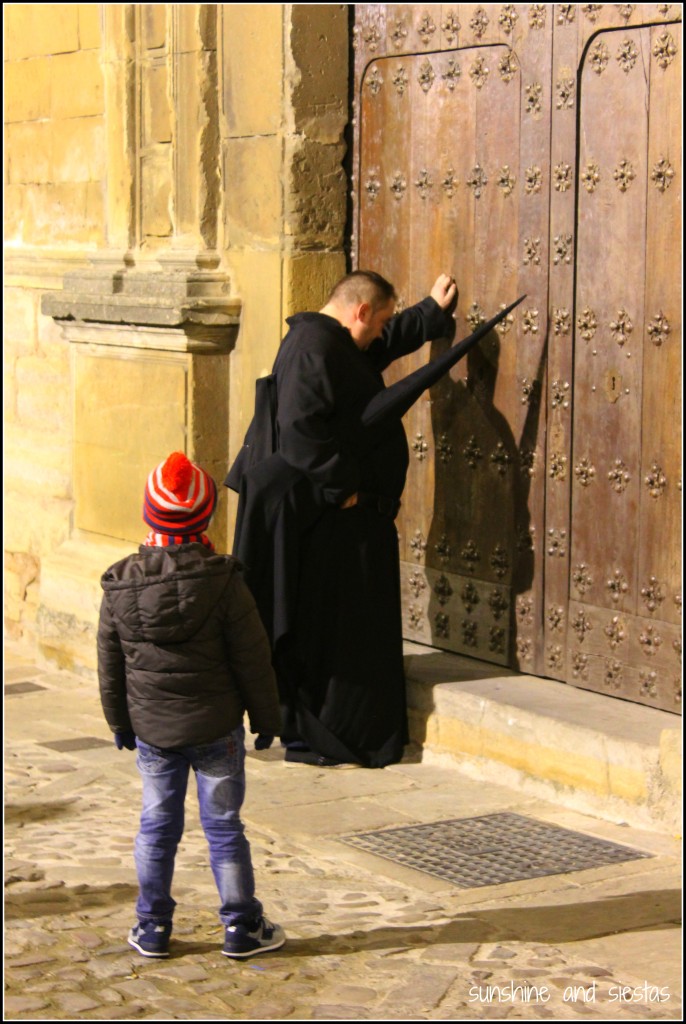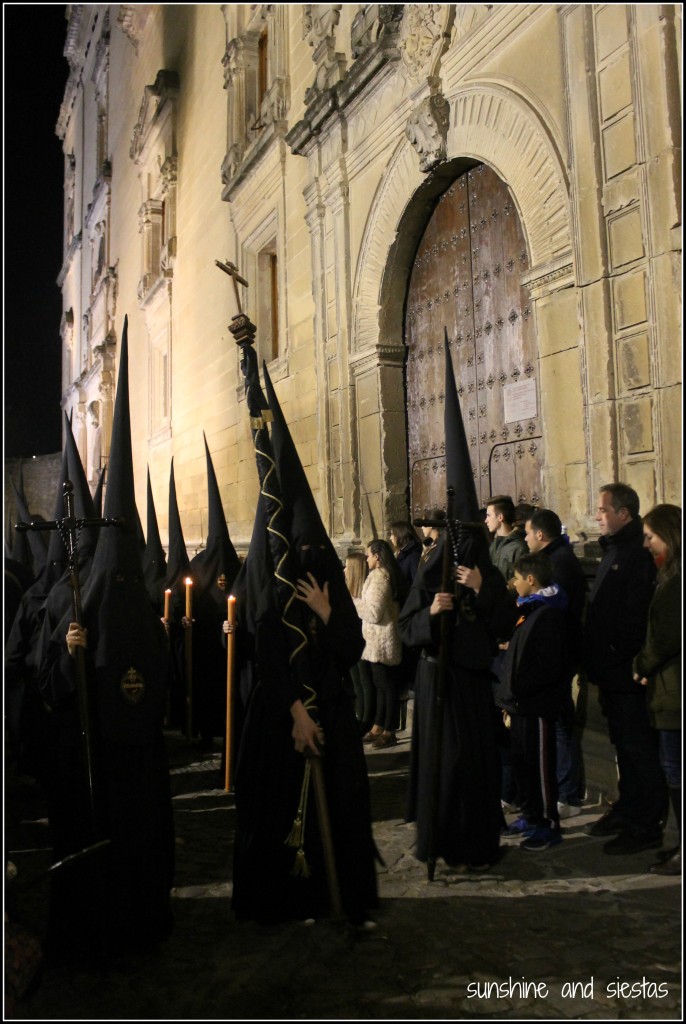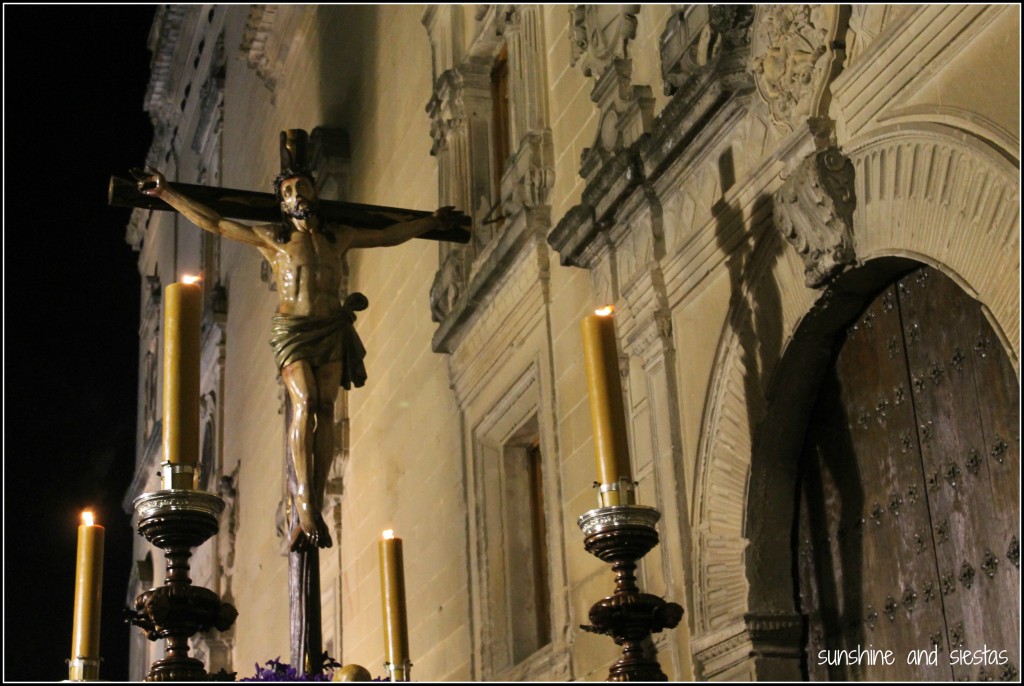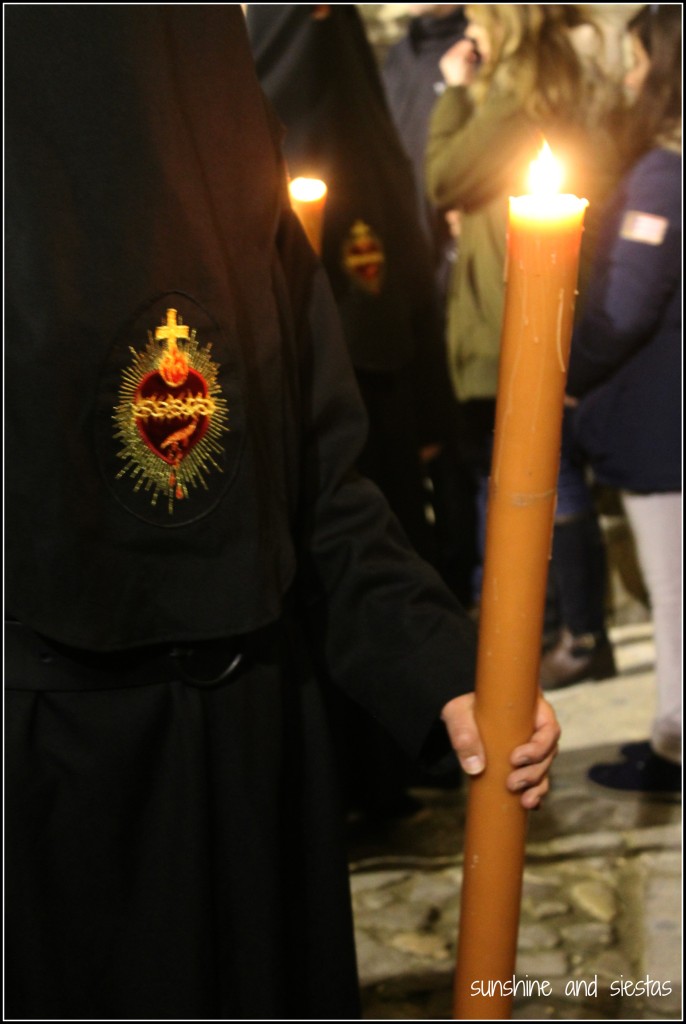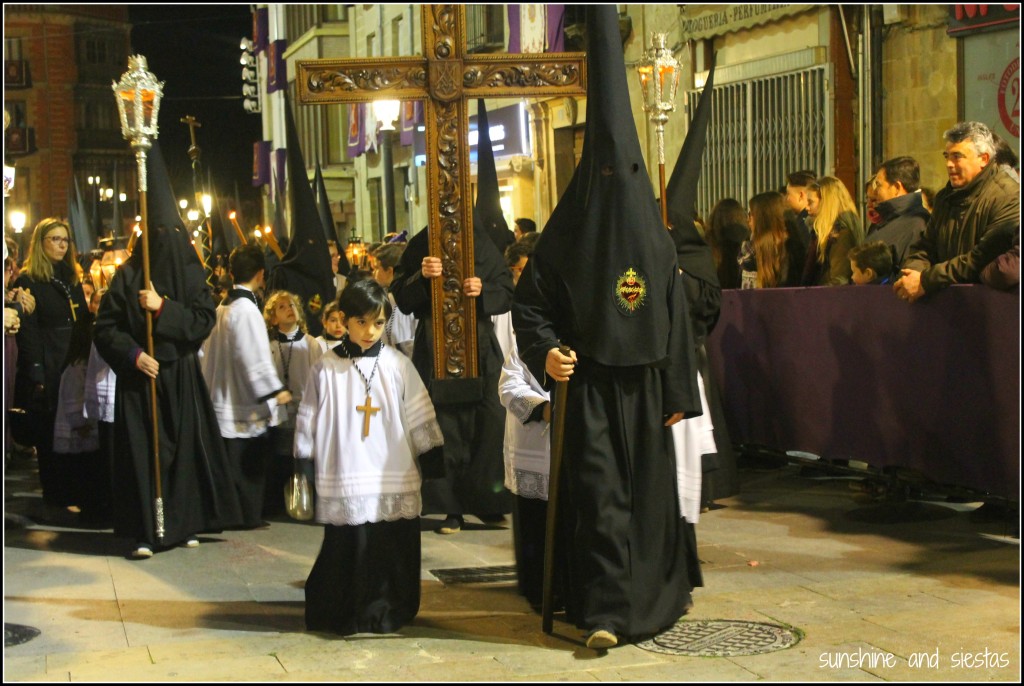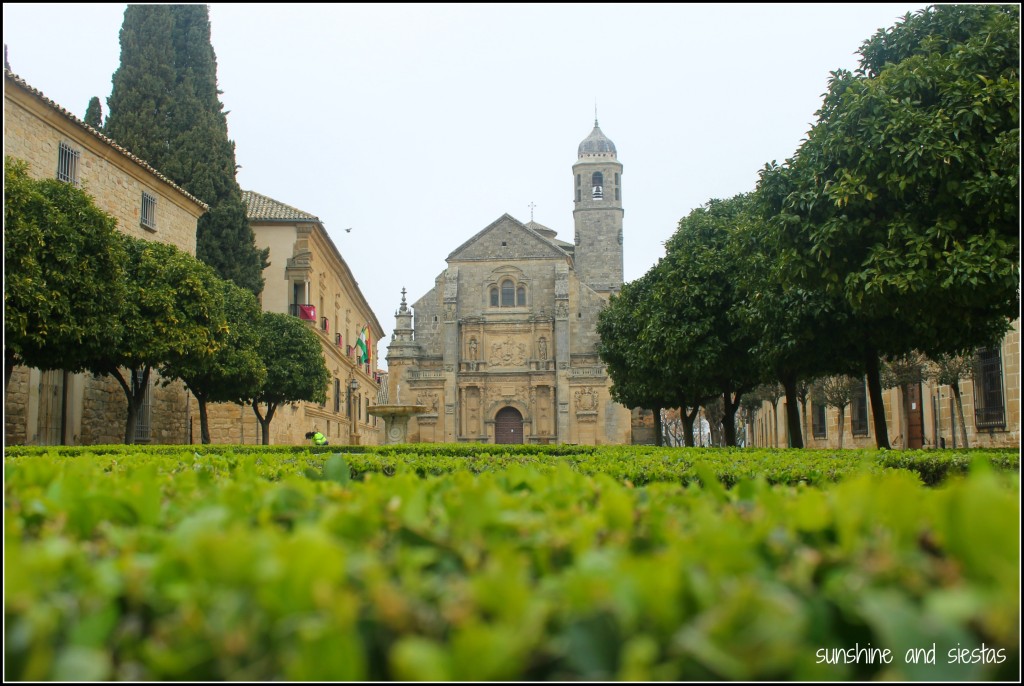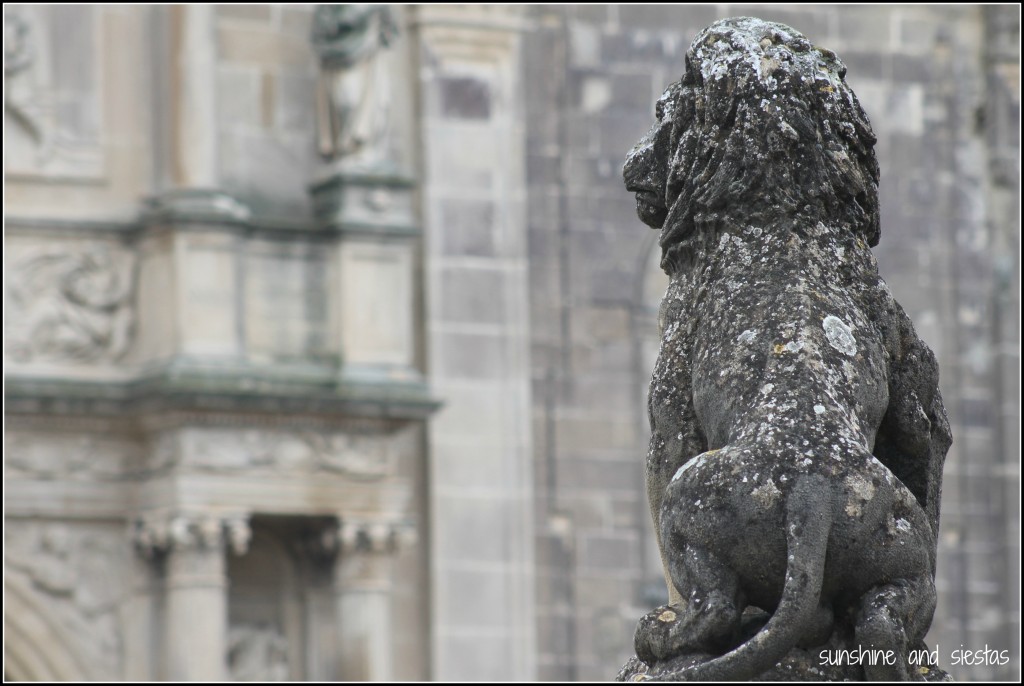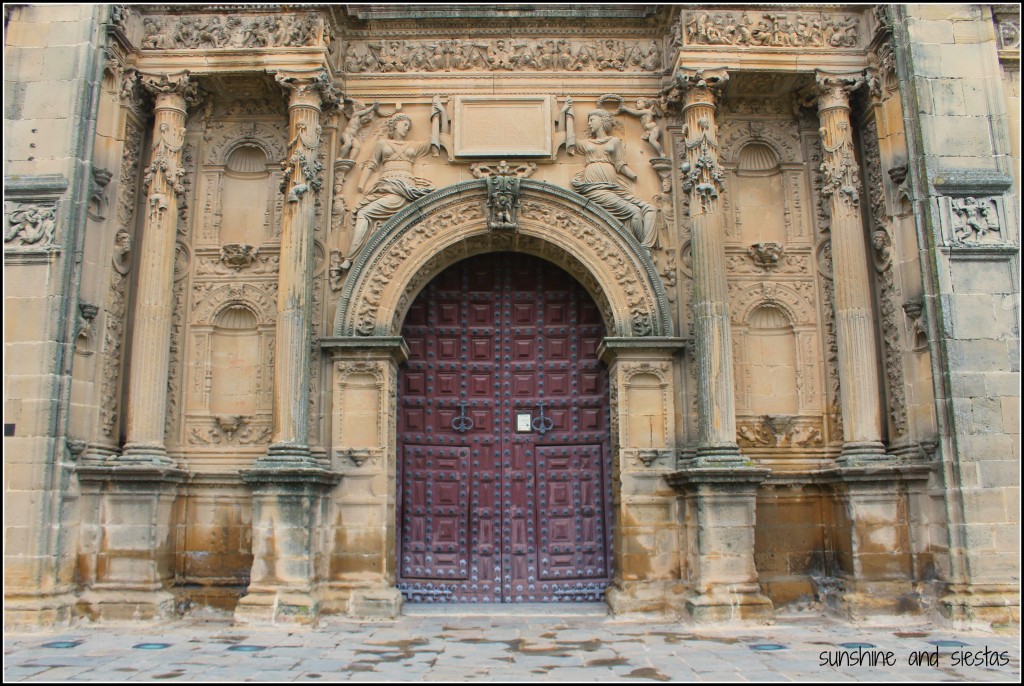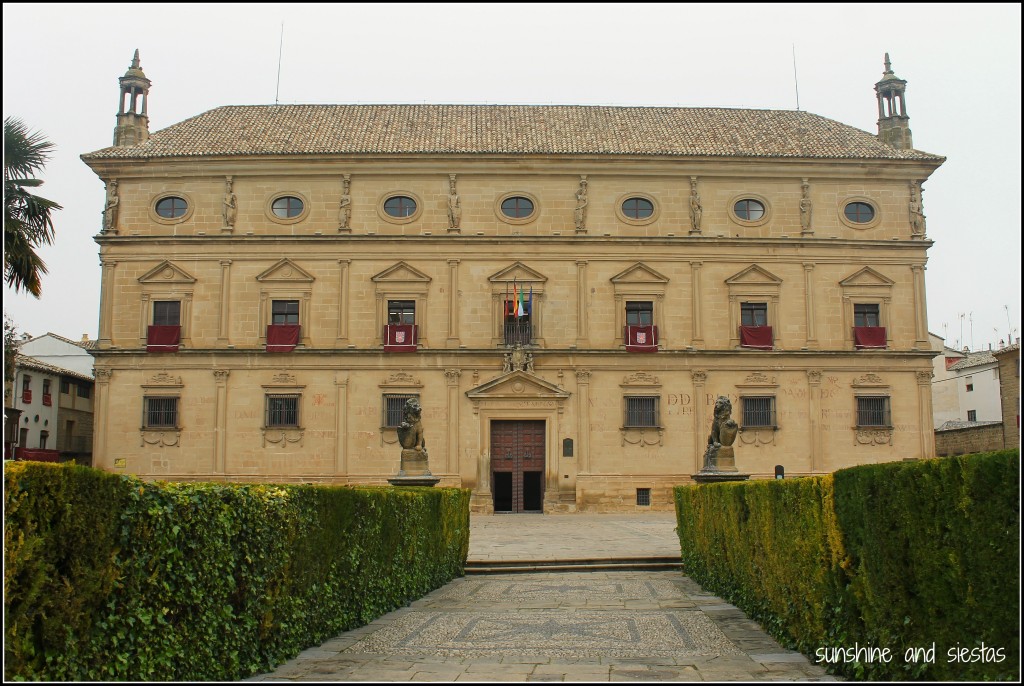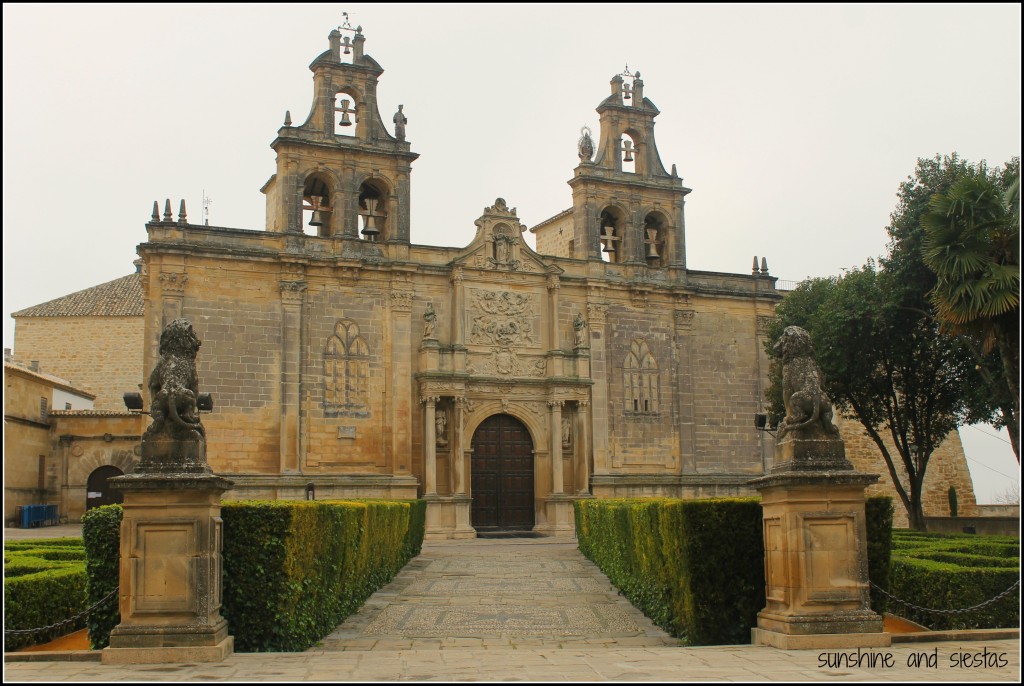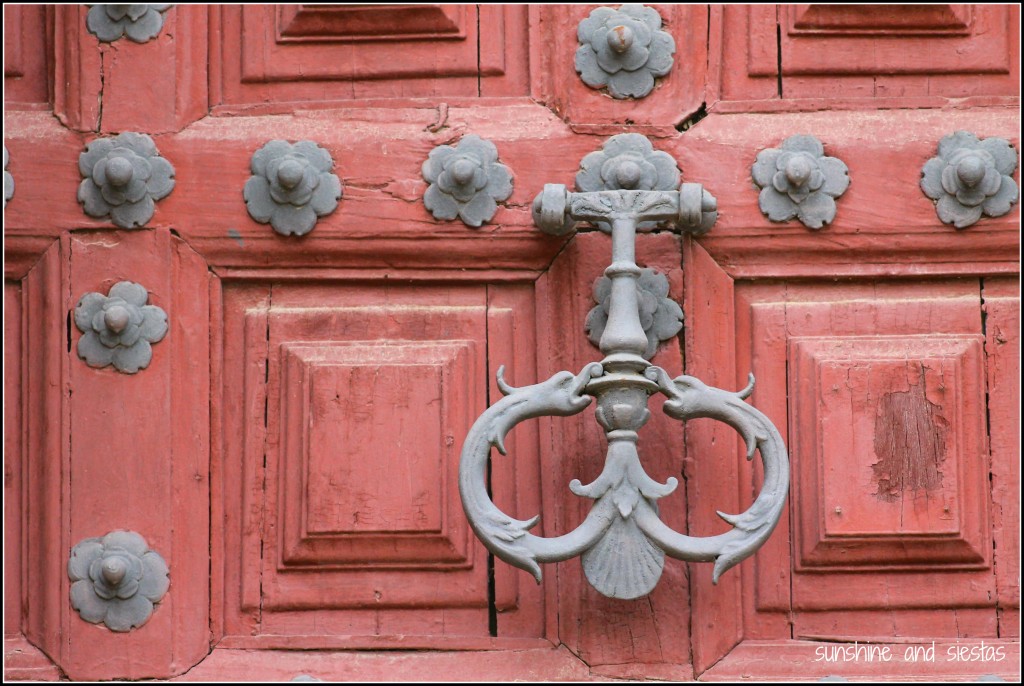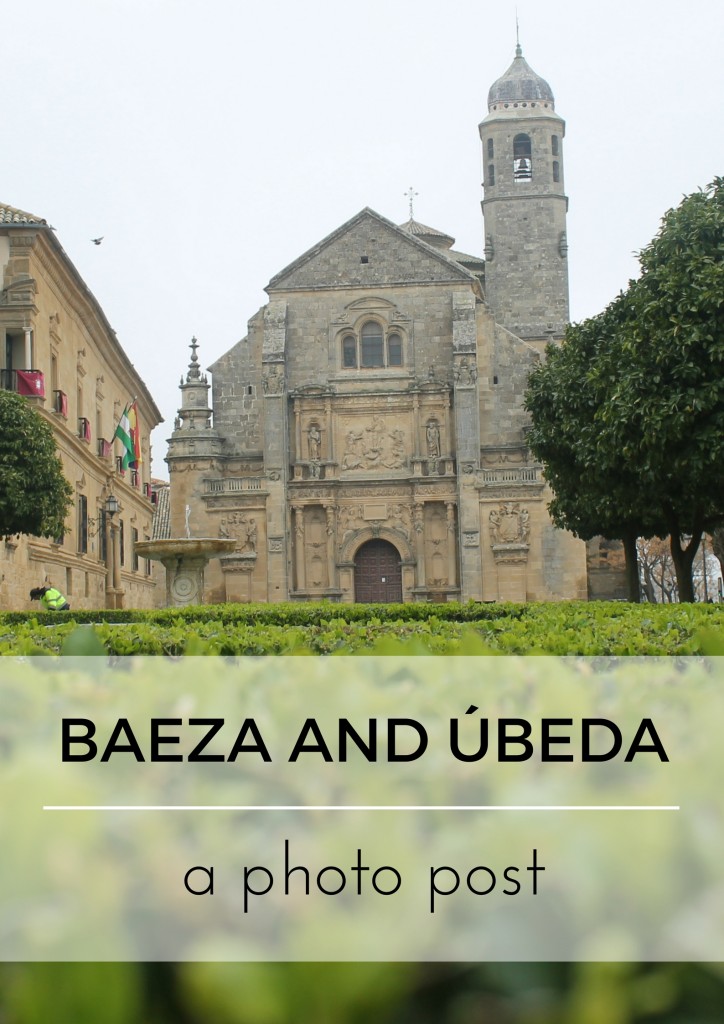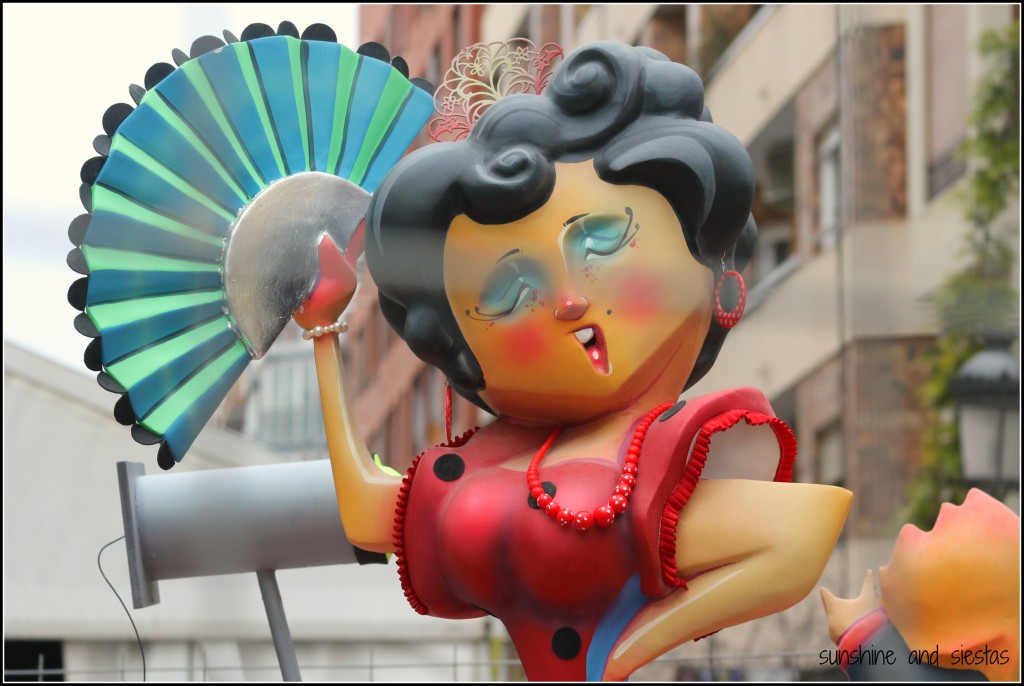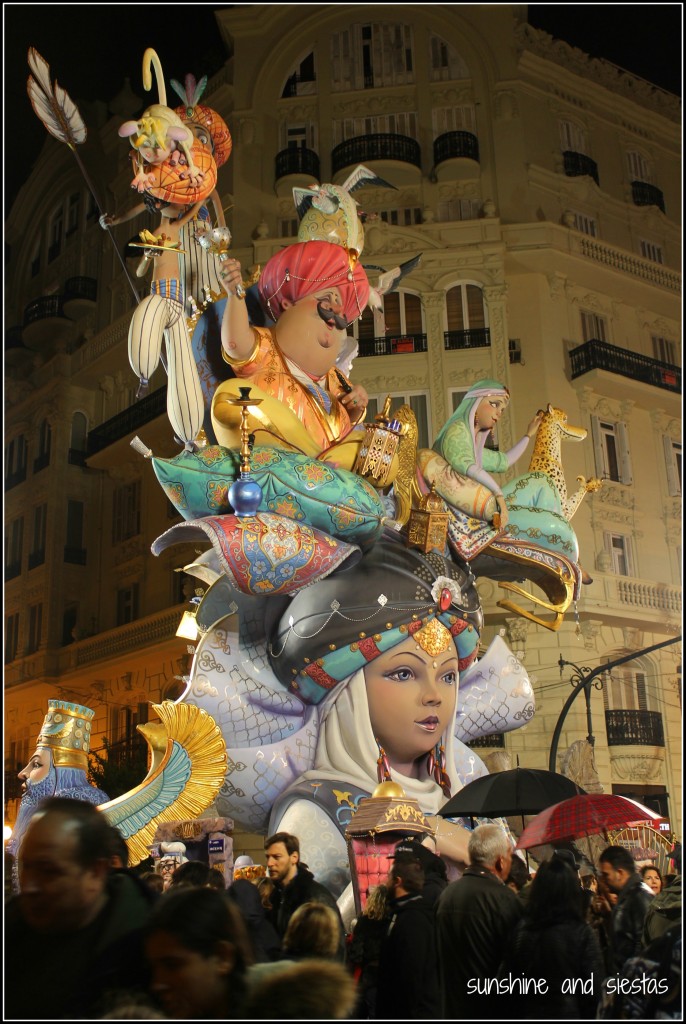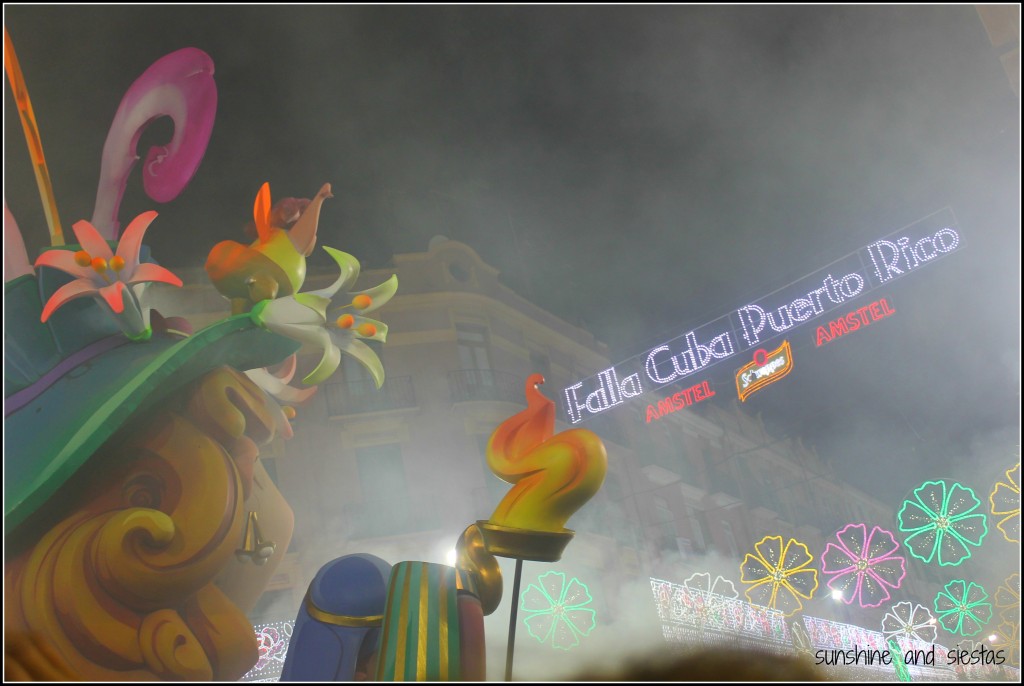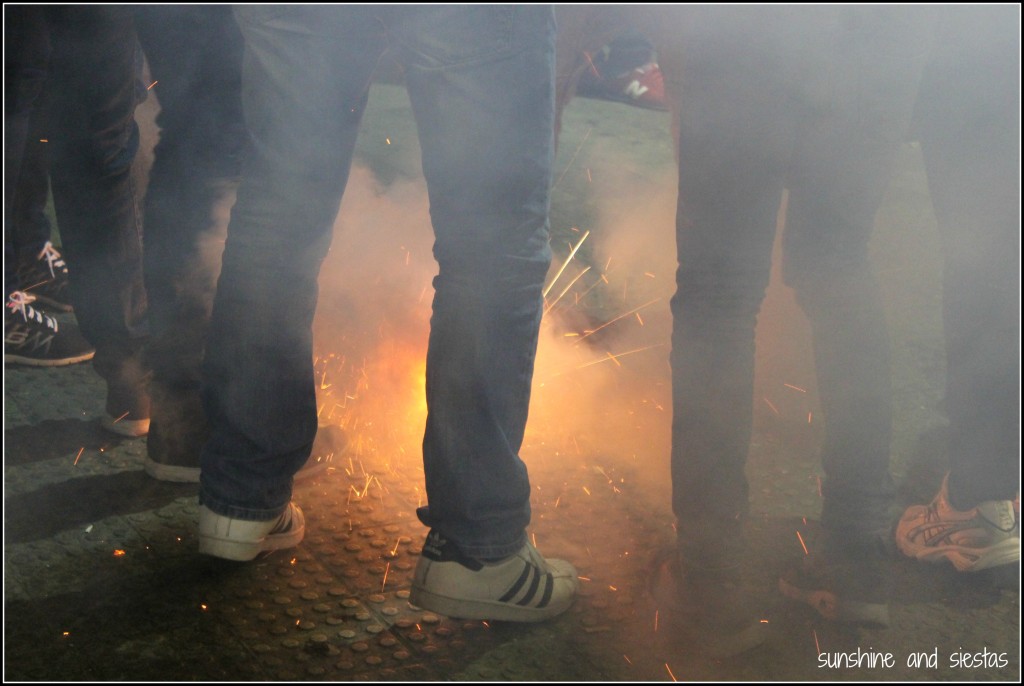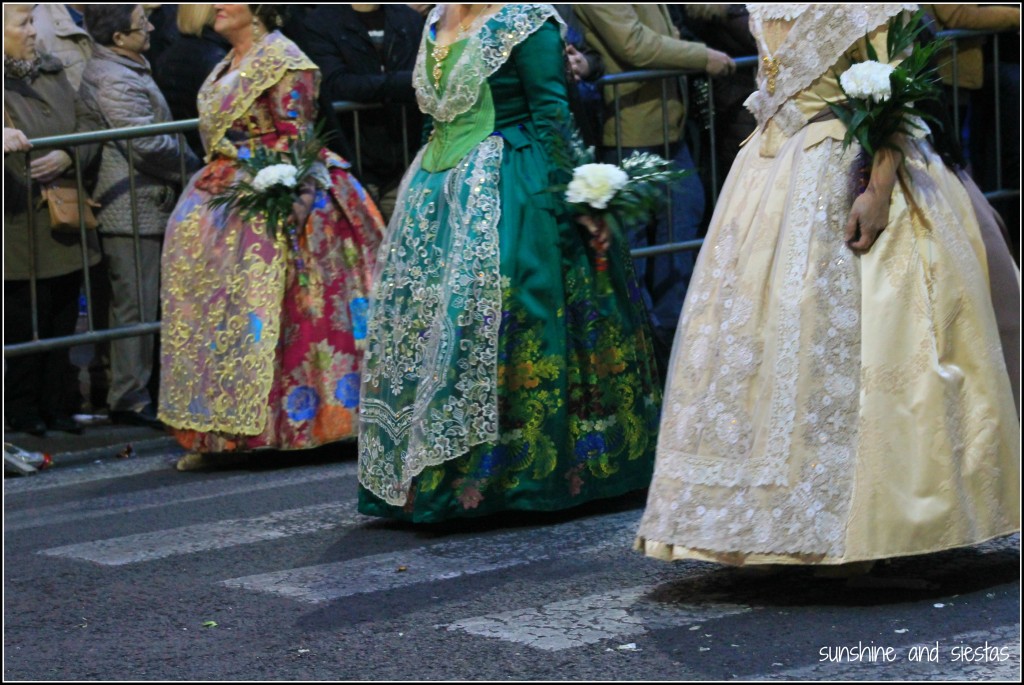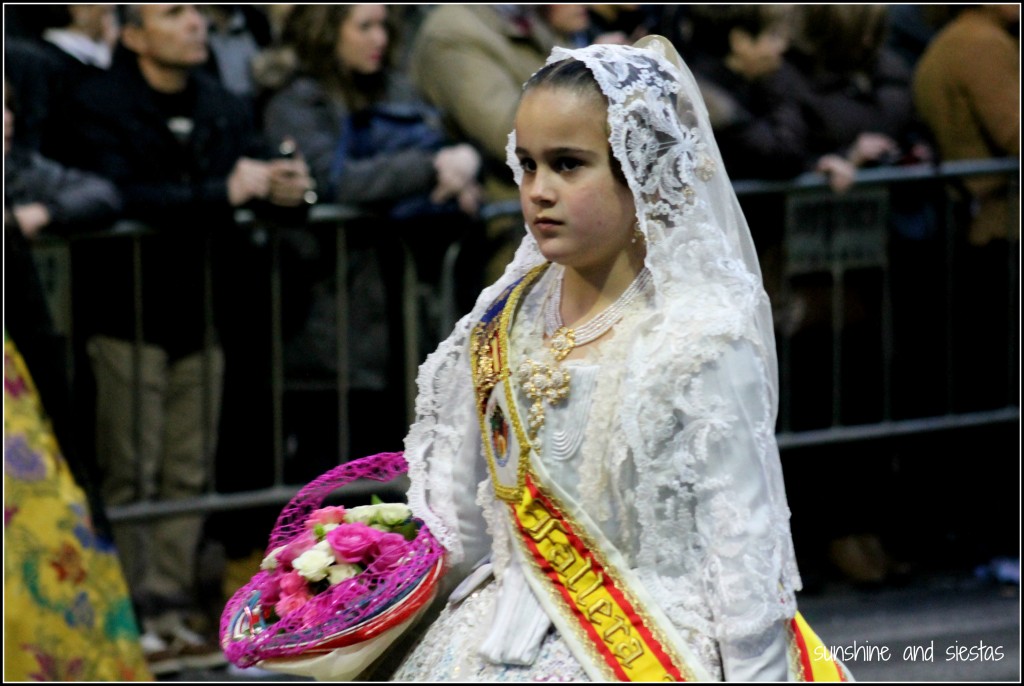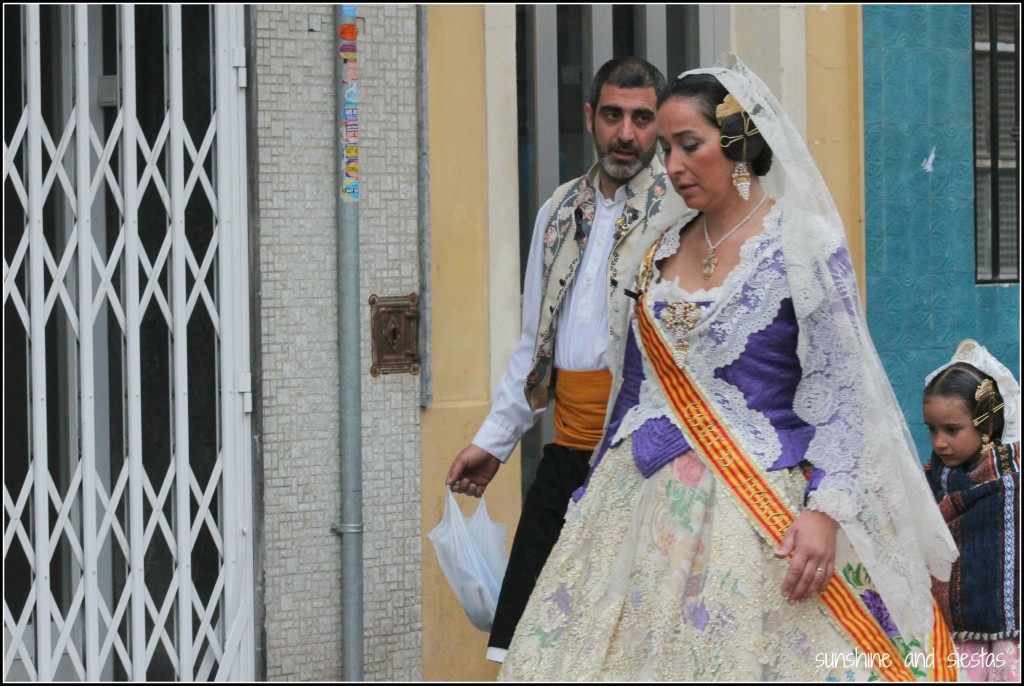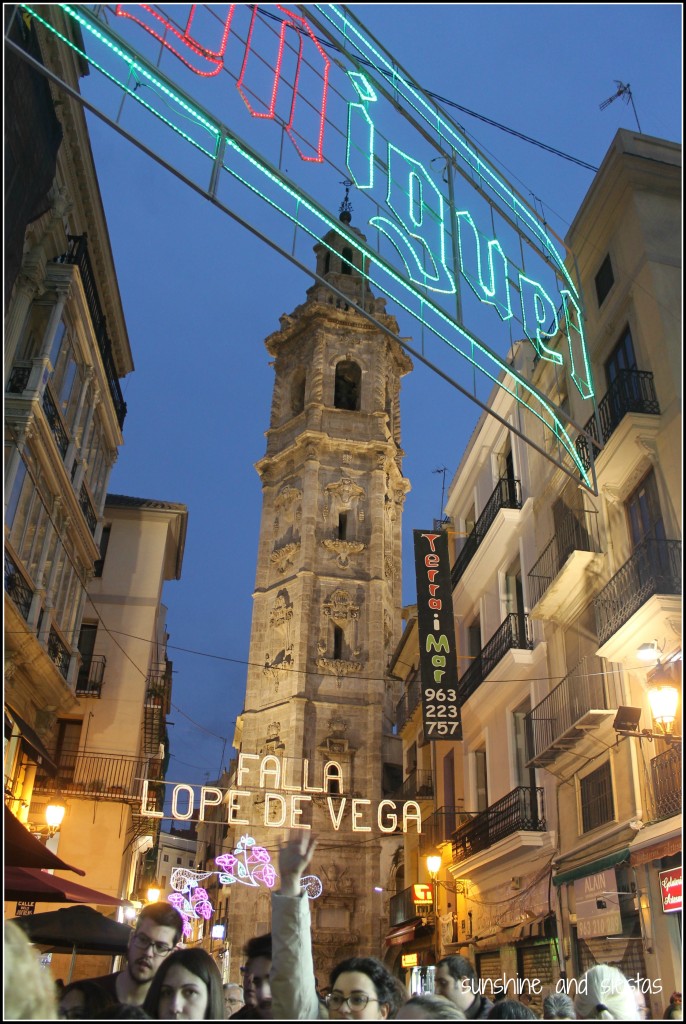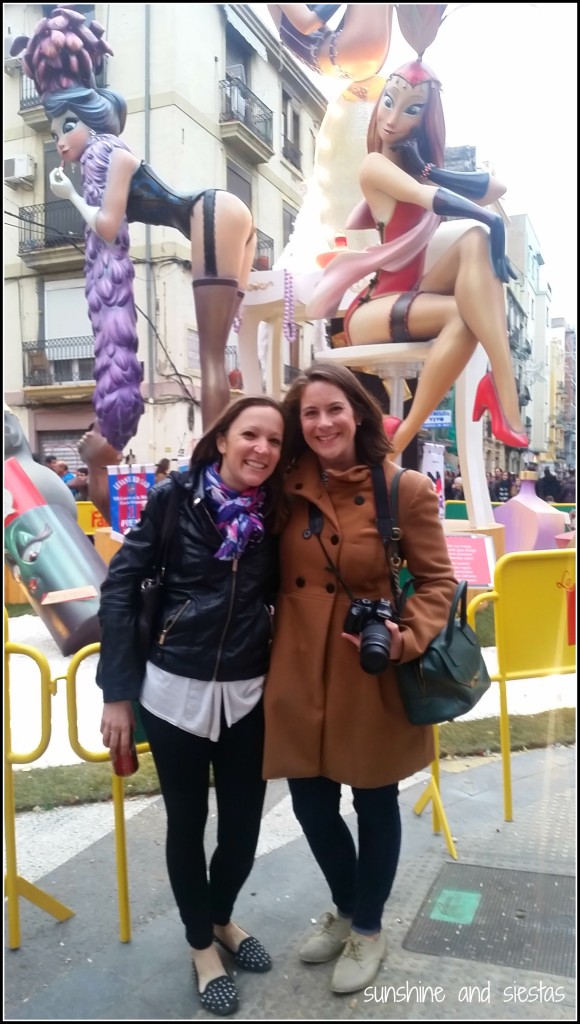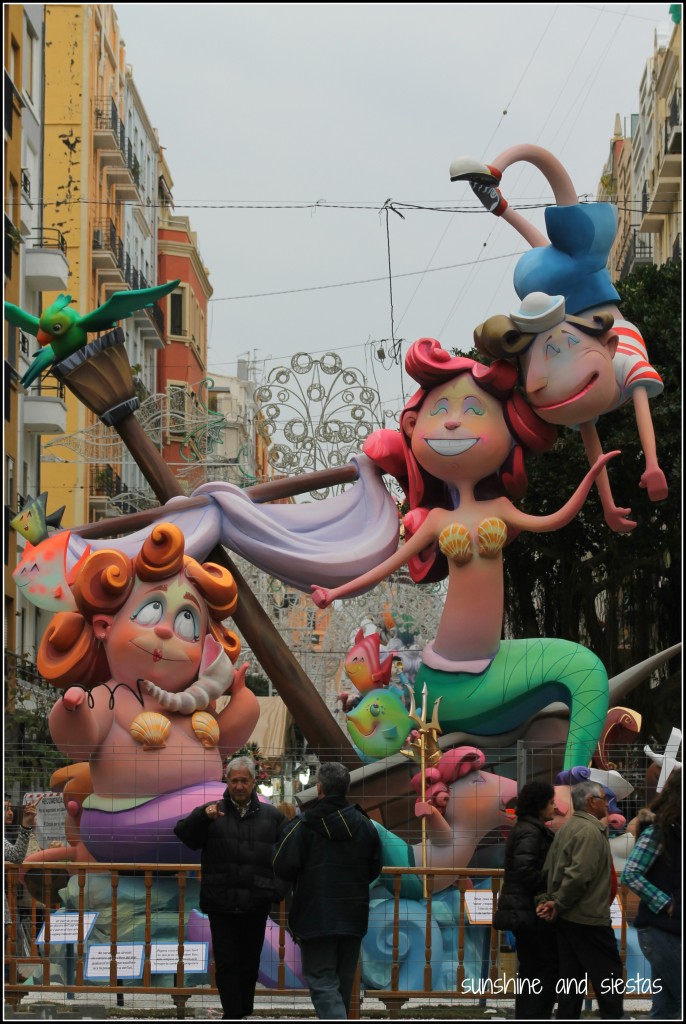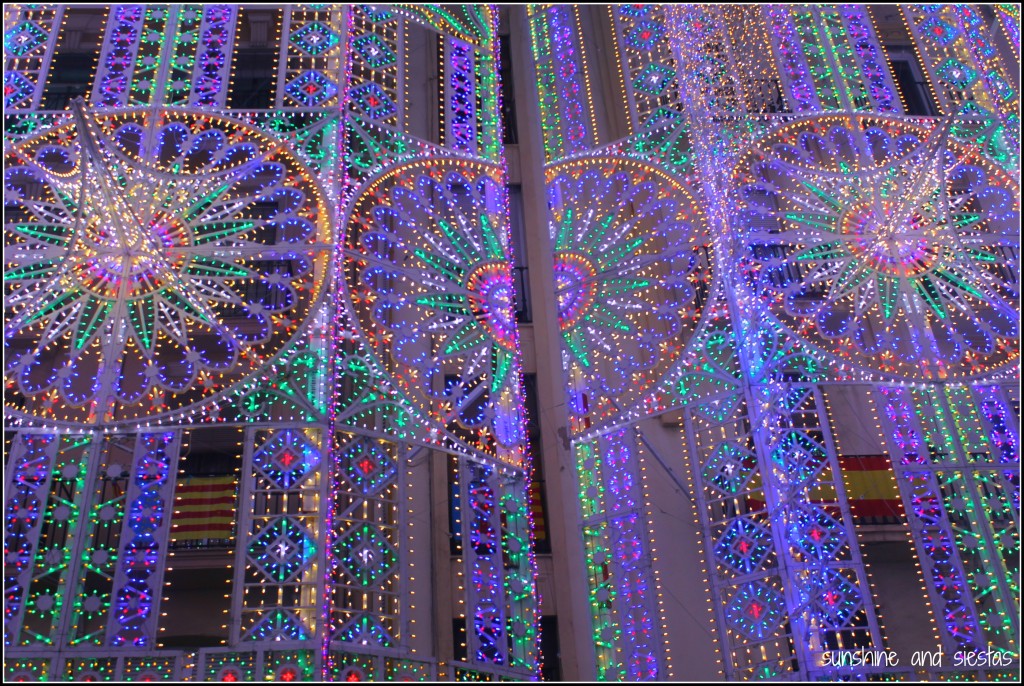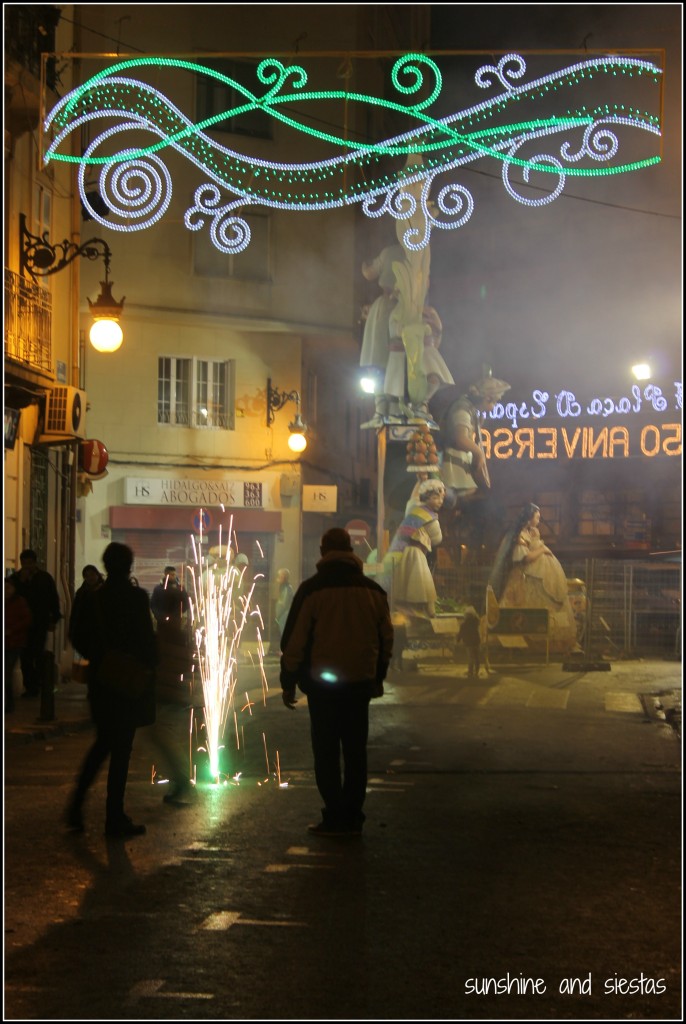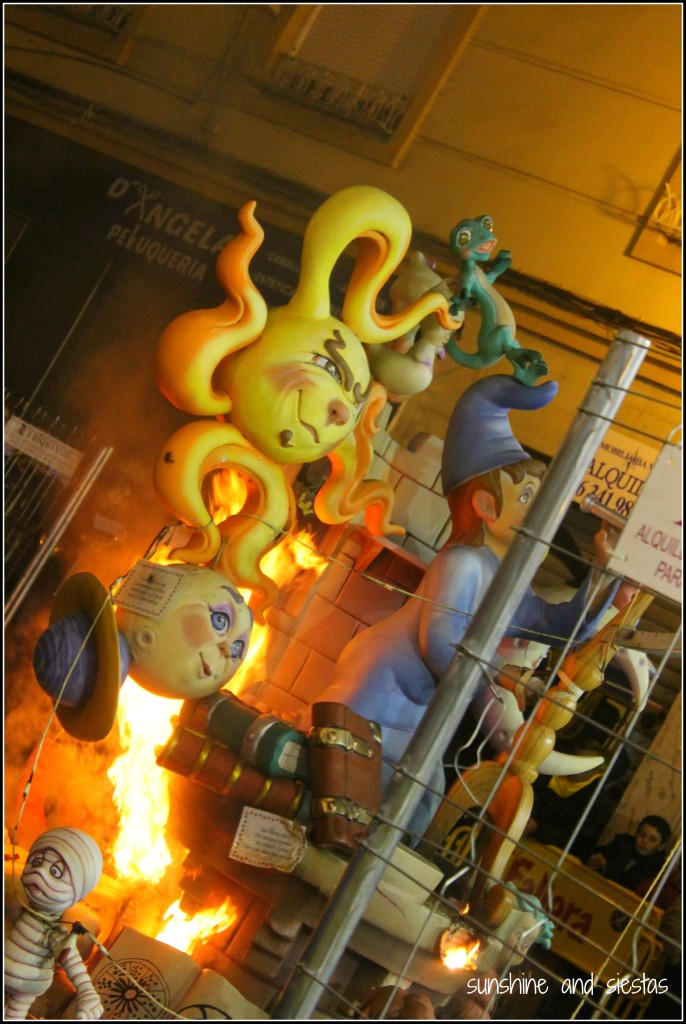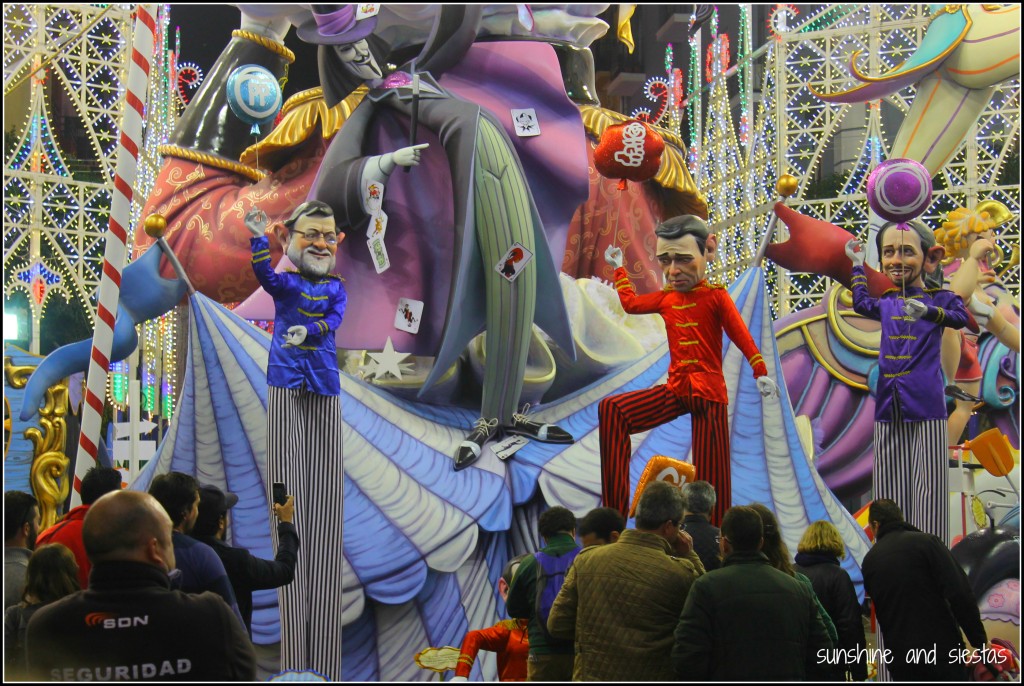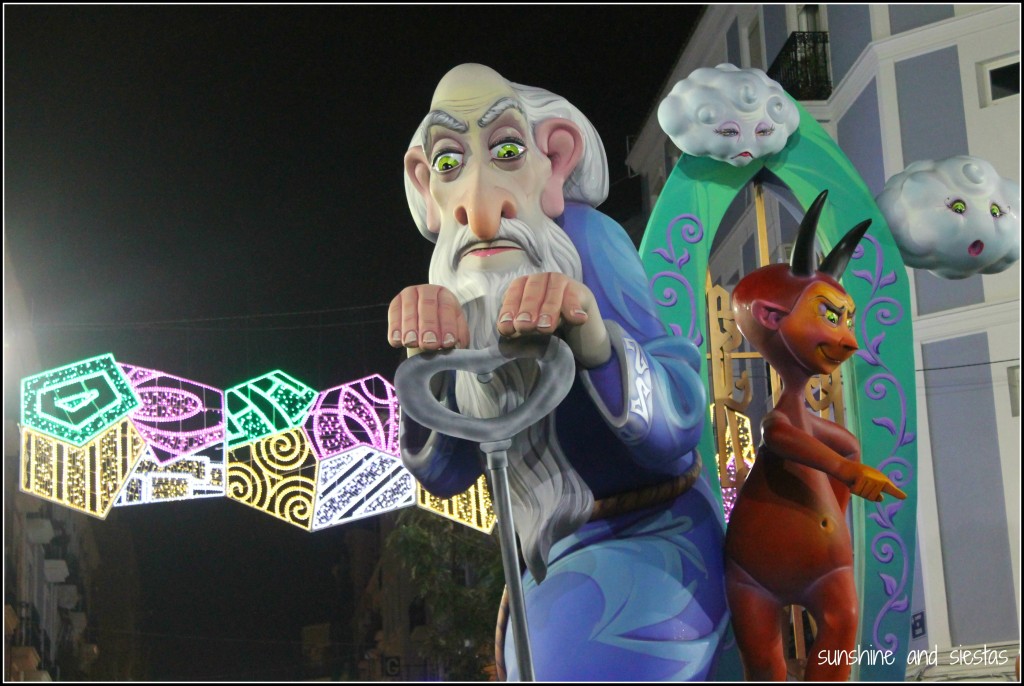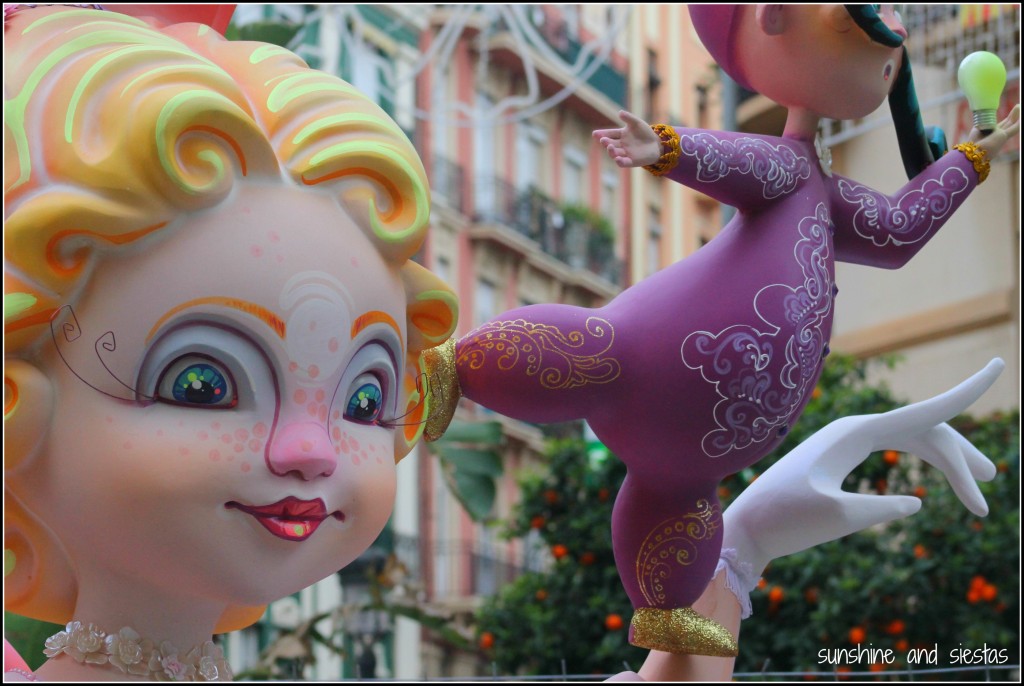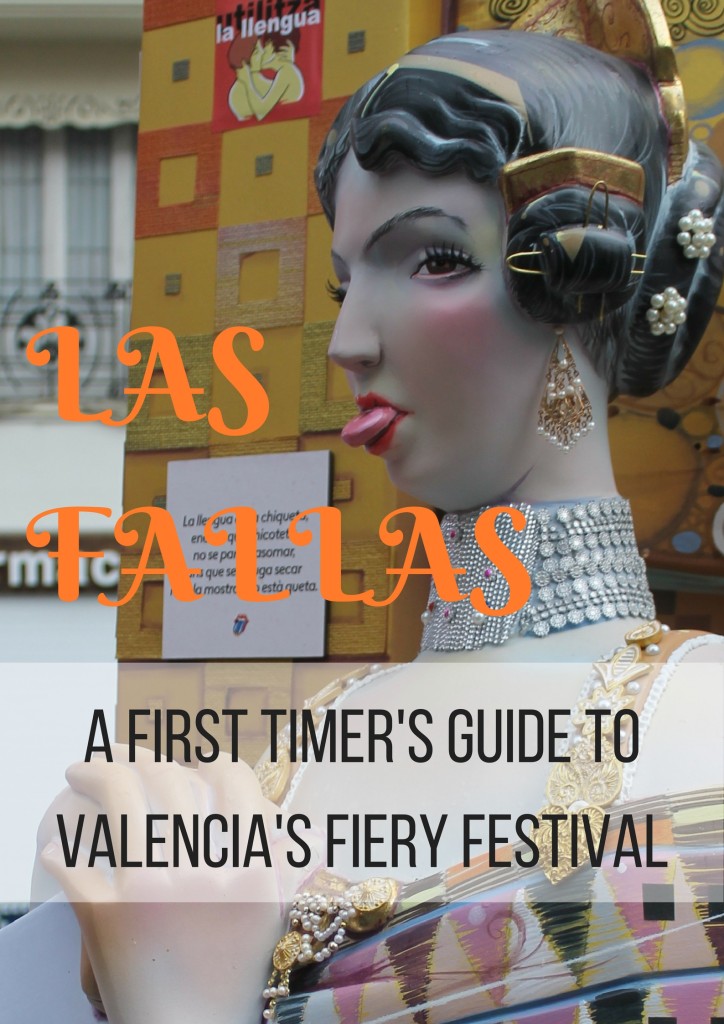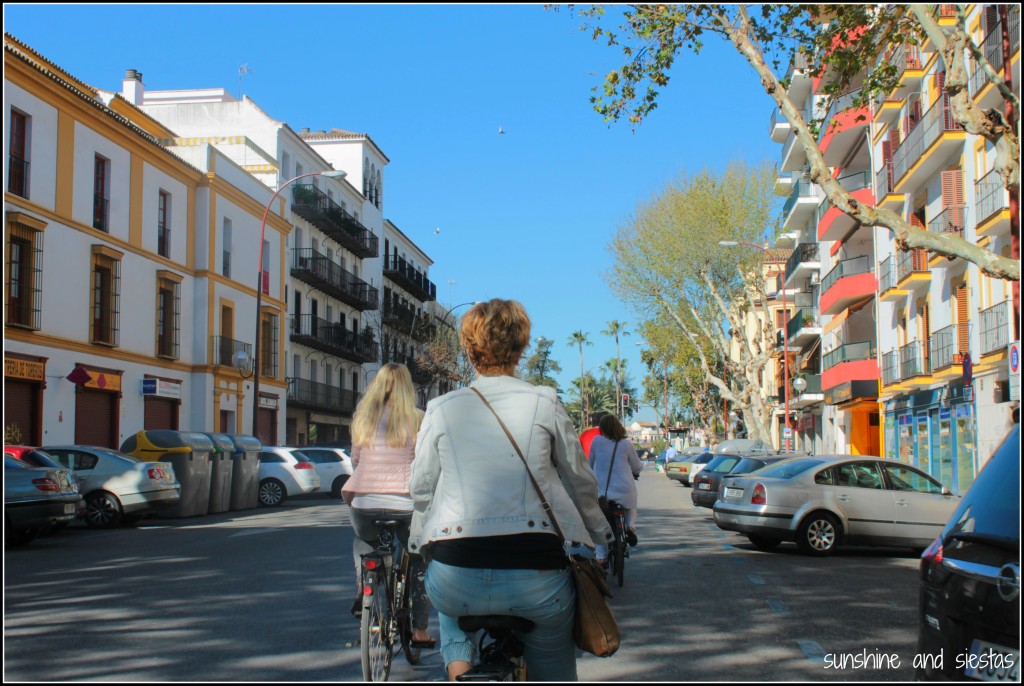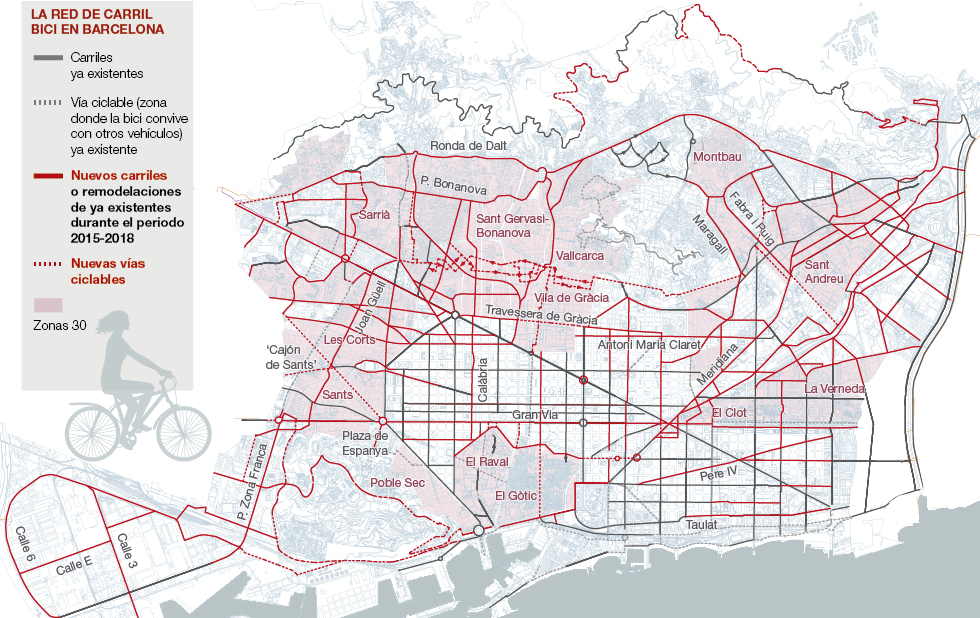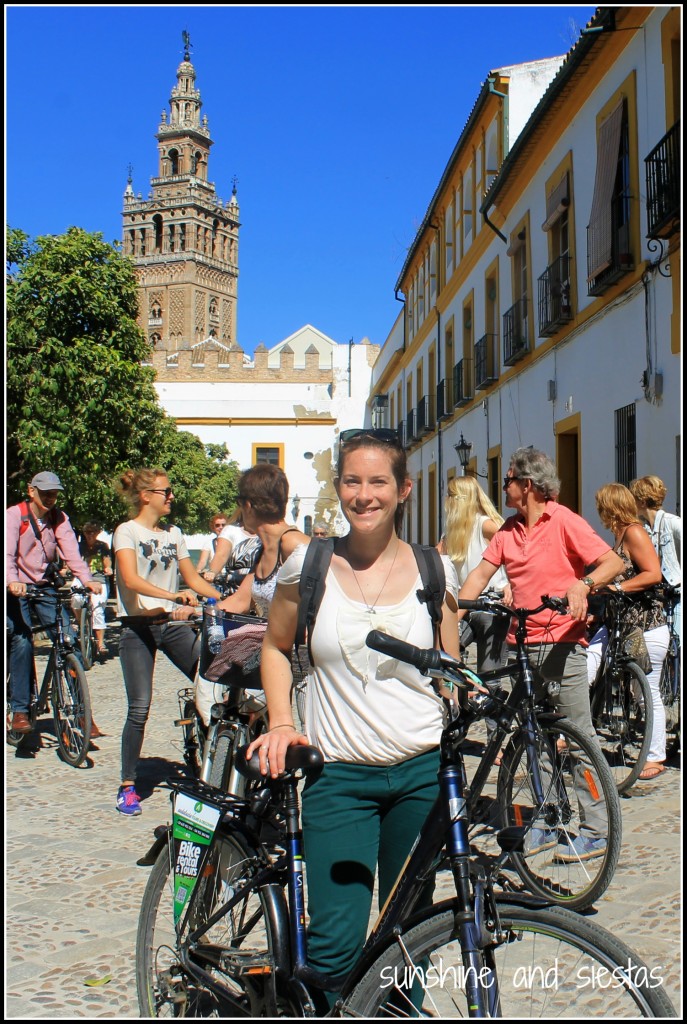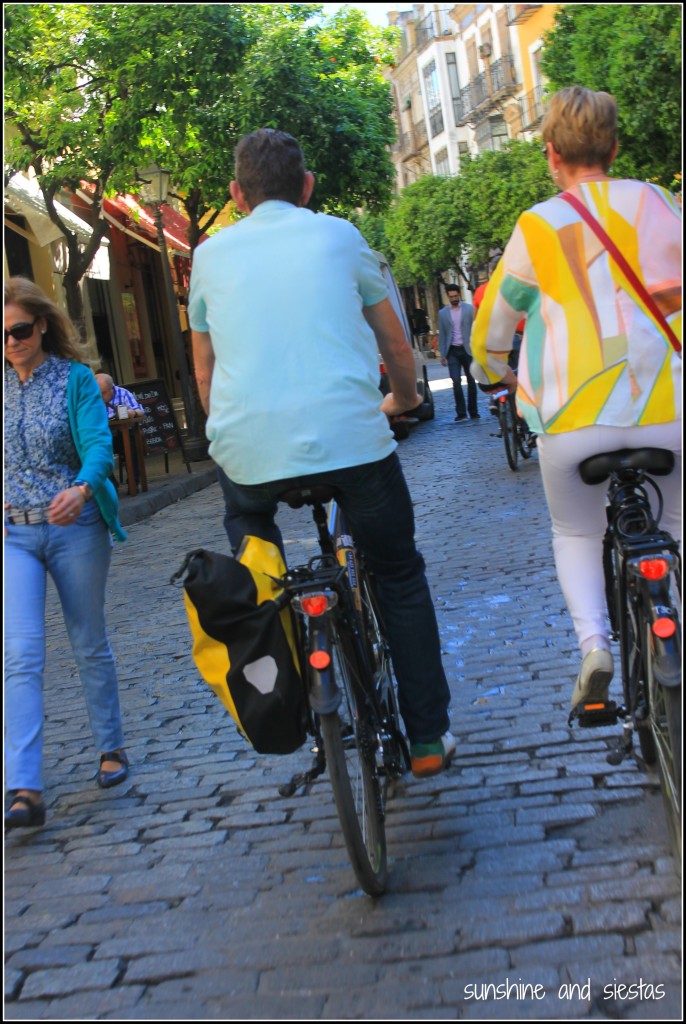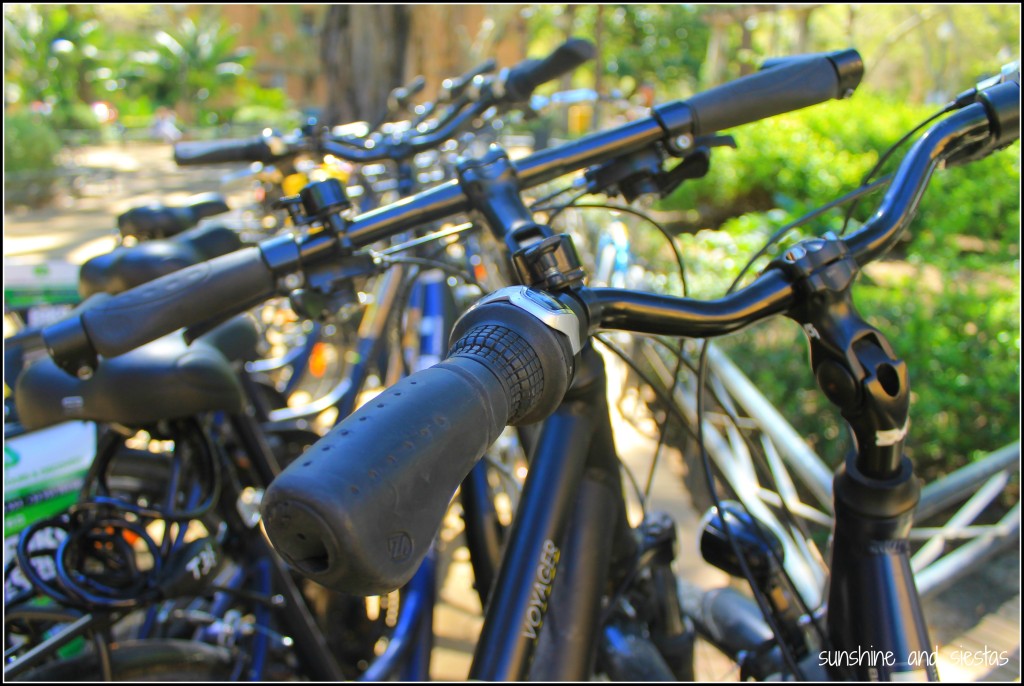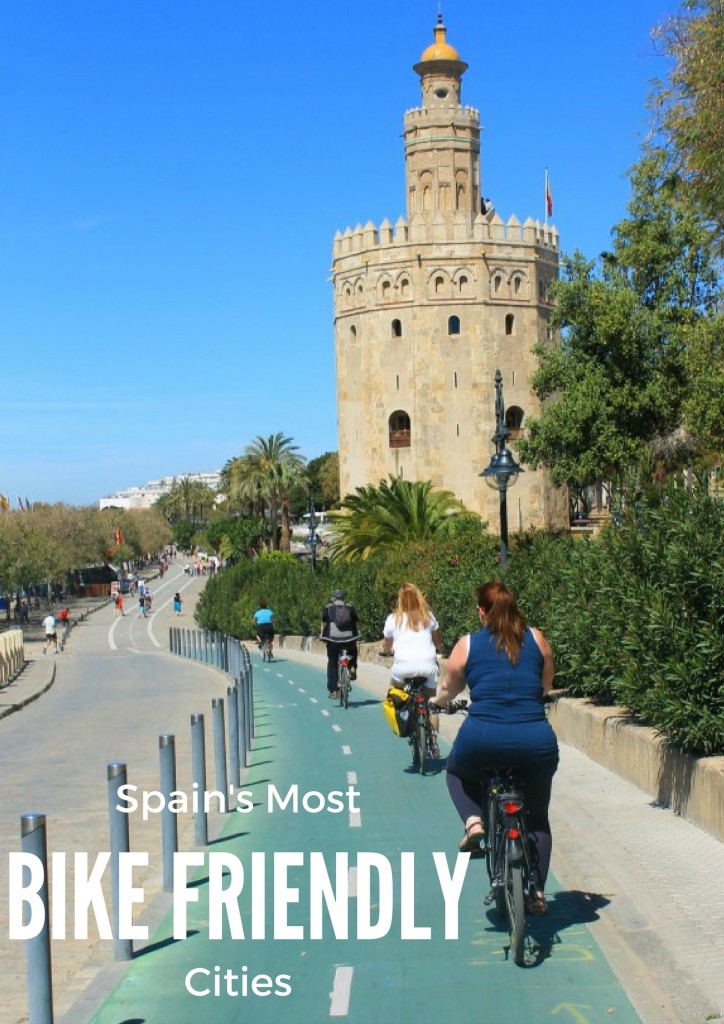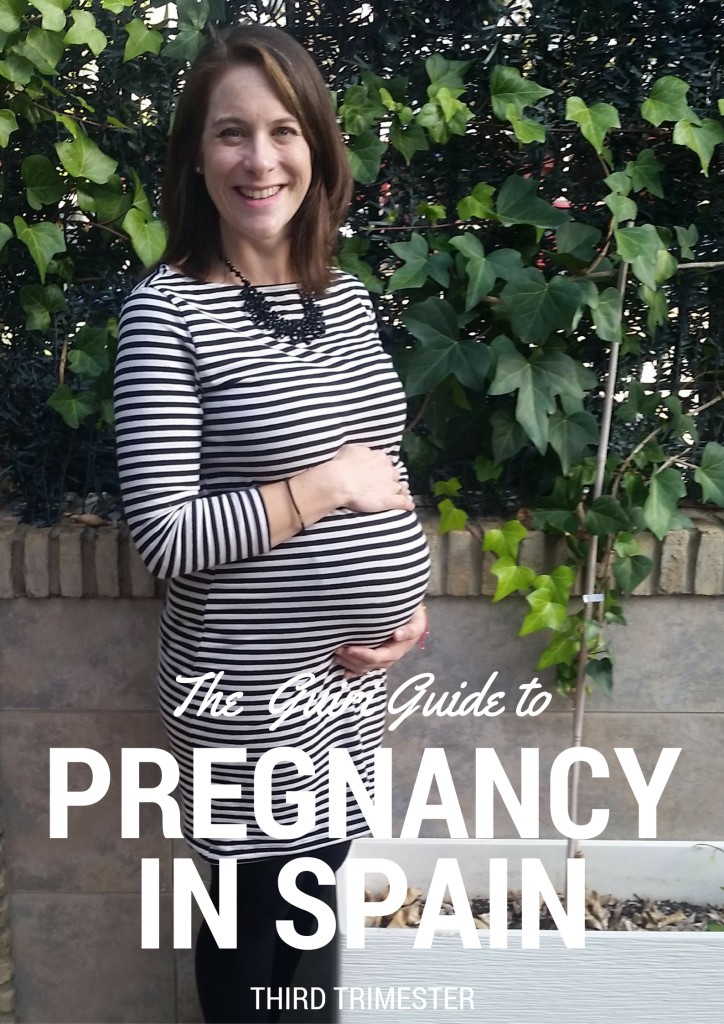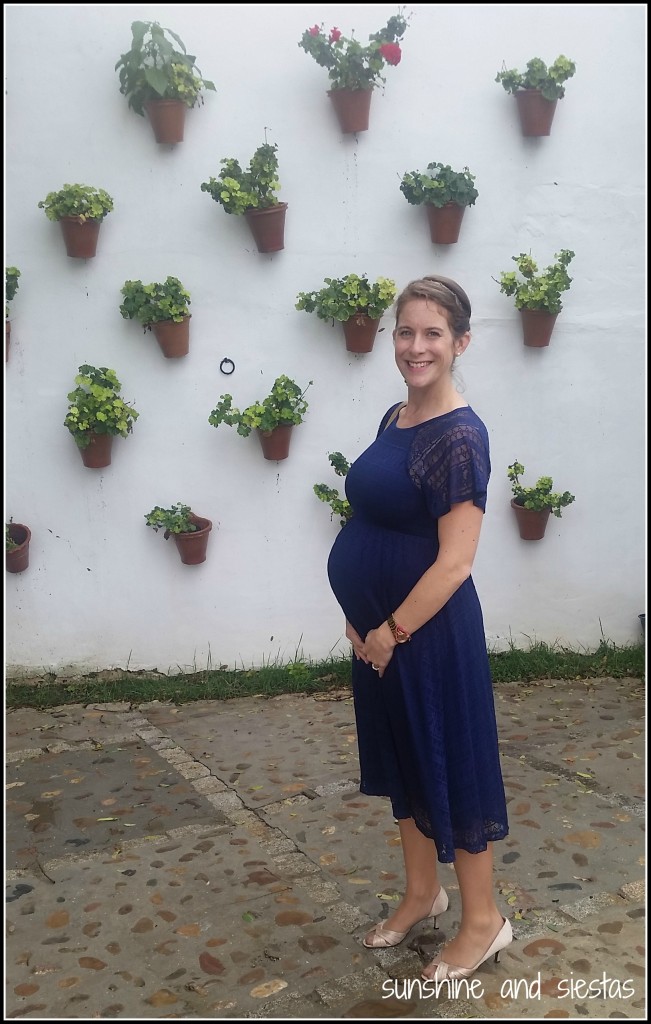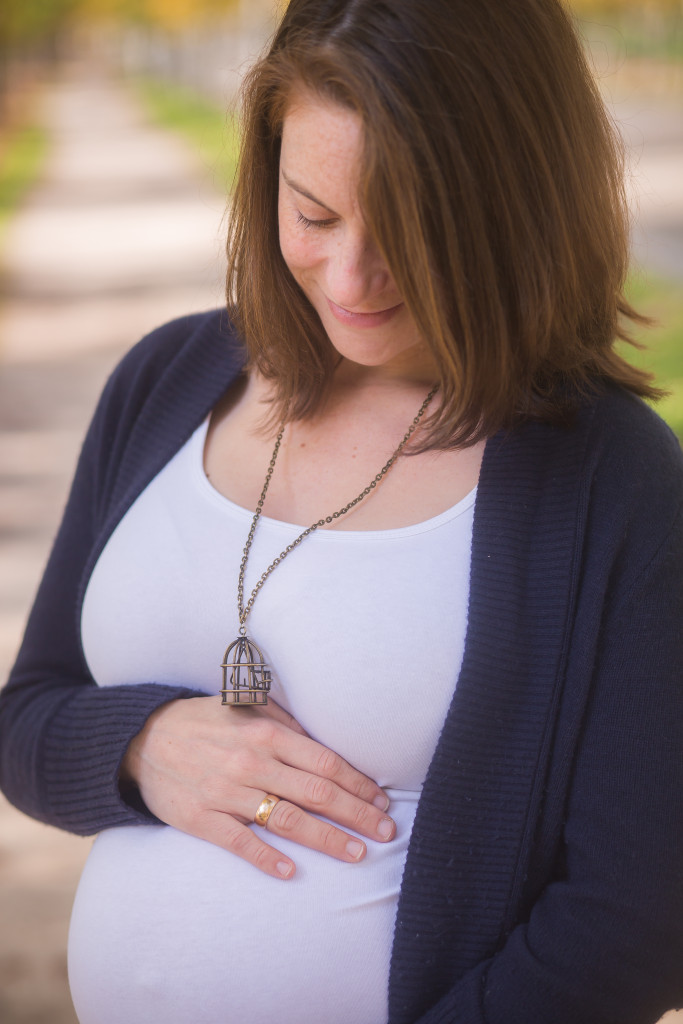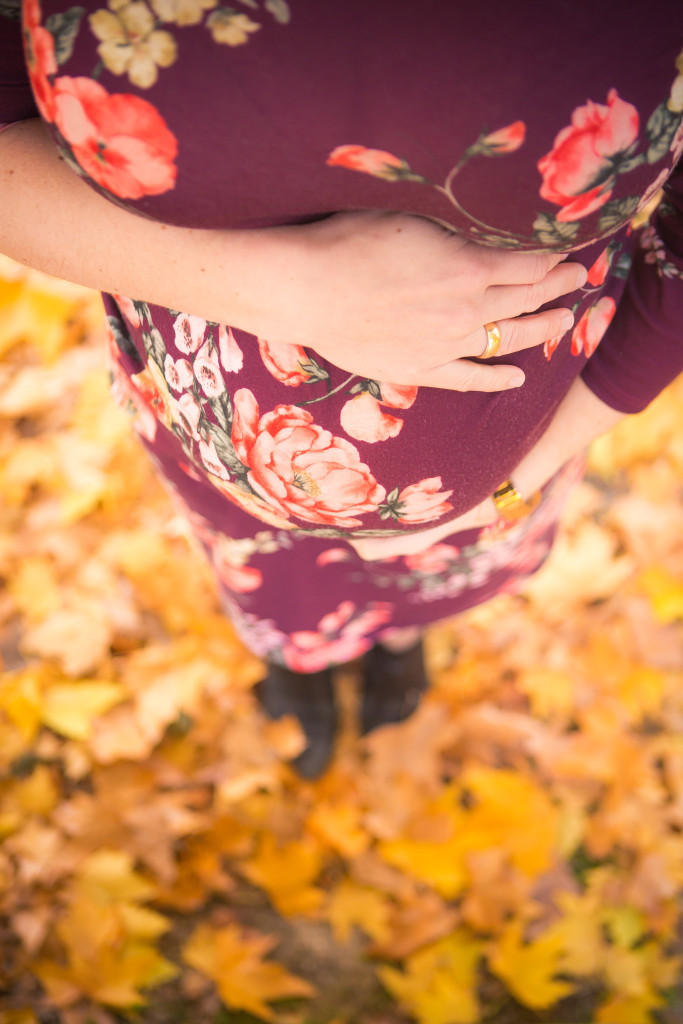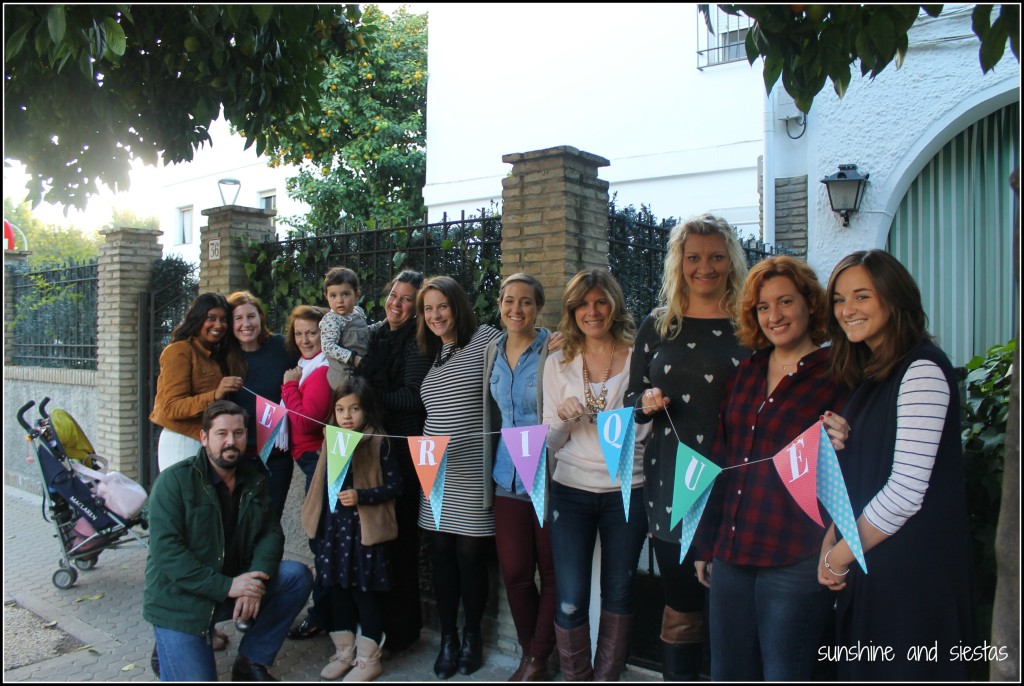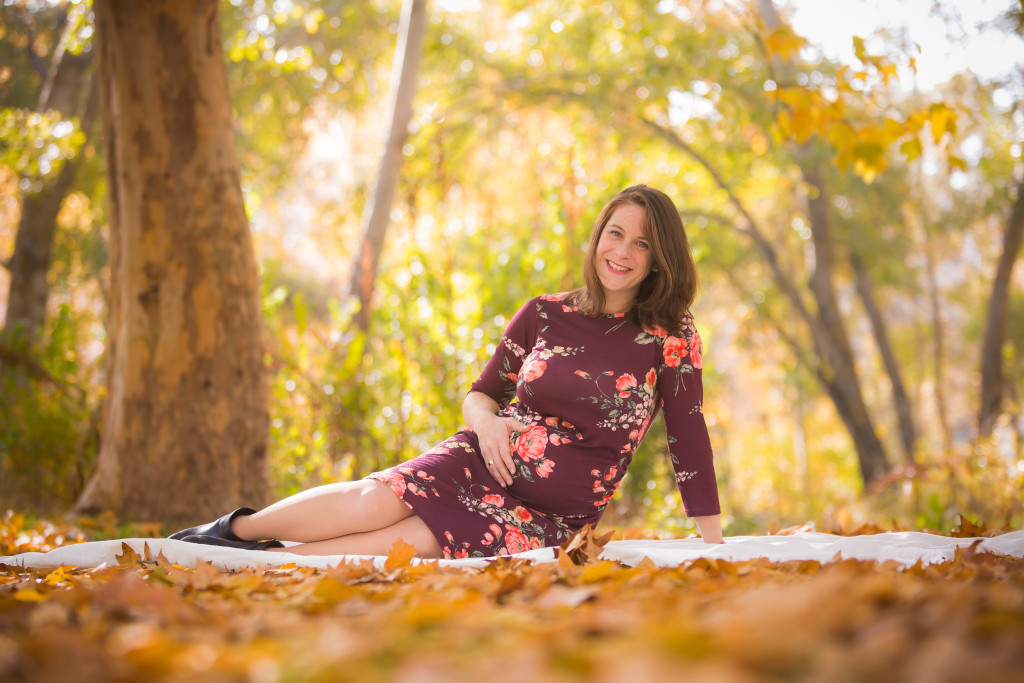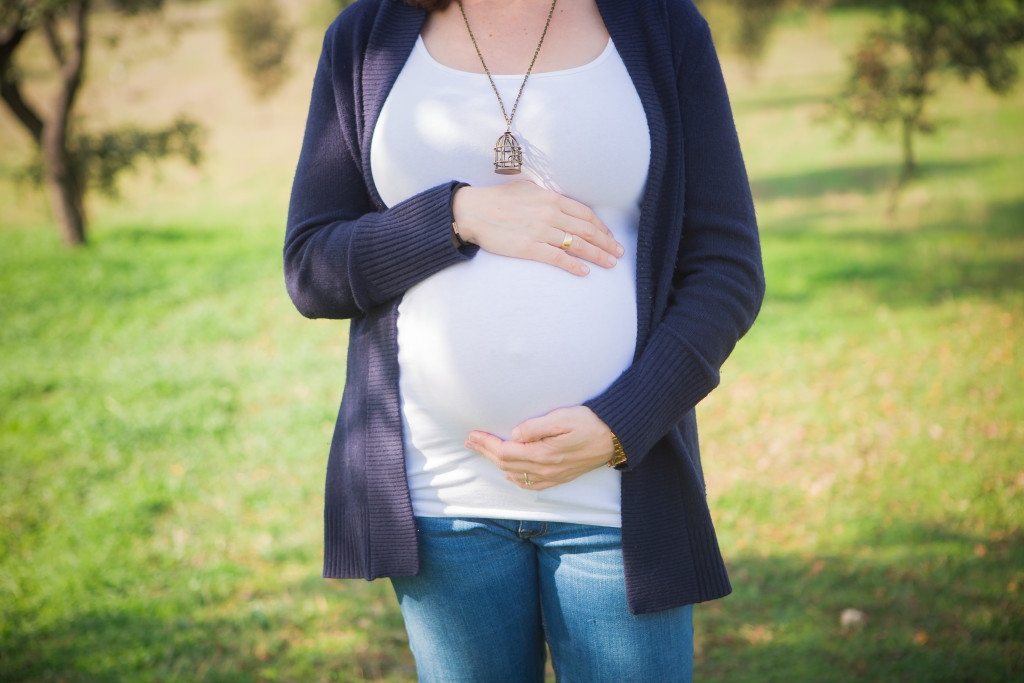From the looks of it, I haven’t had a baby. My belly has long since deflated and I’m walking upright again. My face isn’t swollen, the byproduct of cookies and a growing baby in my belly. I am a mother, though if I’m not totting around a diaper bag or pushing a stole like a bat out of hell, you’d hardly know I have an eight-month-old baby.
But I am changed in so many ways, from the muscle tone to the thinned out hair. Entering the +child phase of my life has been nothing short of eye-opening. Earth shattering (in the best sense). Like I’ve never been any different from the way I am now.
And it all began with his llegada a este mundo…
Enrique: a (brief) birth story
“Ohú hija, qué placenta más vieja.”
I closed my legs as Eduarda snapped off her latex gloves and motioned for me to pull my leggings back up. The Novio stood, arms folder across his broad chest, stoic in the examination room. The monitors showed that Baby Man was healthy and I was having painless, mini contractions, but the grave look in Eduarda’s eyes told me that the optimism that the matrona had was not what she’d seen.
It was January 3rd, 2017 – my due date.
Her pink pen scribbled something in my patient chart, then moved furiously to a prescription pad. She avoided my glance and again looked at the Novio. “Tomorrow, this baby is coming out. Report at 8:30am: you’ll be induced at 9, sharp.”
The Novio took the prescription and gathered up my materials, painstakingly organized in a green plastic folder. I sat, dumbfounded, sweating and like someone had taken a big stick right to my placenta. Induced? After the healthiest, loveliest pregnancy?
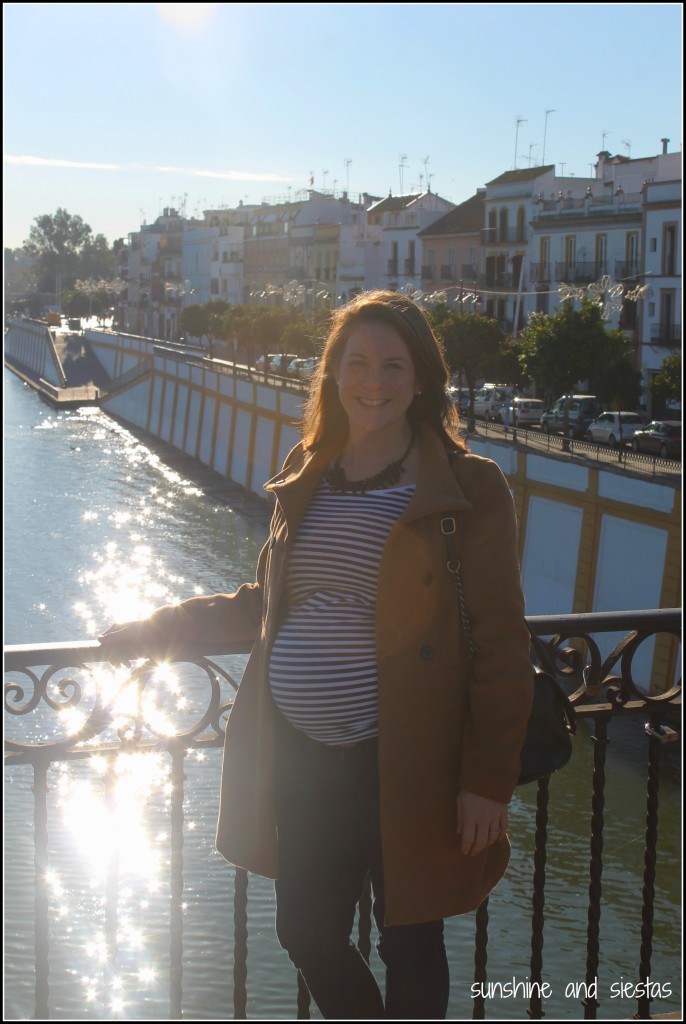
That afternoon, I sent my family out of my house so that I could rest and come to terms with being provocada. The baby hadn’t gained any weight in the previous week and my placenta was beginning to calcify (they don’t tell you about that in prenatal classes). I tried everything that afternoon to enter into labor – half a bottle of Tabasco, long walks, a warm bath, two tetrabricks of pineapple juice.
At 10pm, I restructured my birth plan, reminding myself that my meditation for a perfect birth was always overshadowed by the advice of a medical professional. My half-packed hospital bag wouldn’t get left behind in the rush to the hospital, nor would I break waters doing some mundane task, like grocery shopping or having a Cola Cao with my girlfriends. Enrique would be born with medical intervention and on a day that a doctor planned, not him.
The following morning, the Novio made me a big breakfast and cracked open another brick of pineapple juice. I ate in silence, forcing myself to chew when my nerves seemed to be pushing the food back out. When you’re induced, you can’t eat in the event that you need an emergency C-Section. But it’s not like I had the appetite anyway.
The 350m walk to the hospital felt like a death march. Once checked into my room, María, the matrona on duty, came in to take me to the monitors. Like the day before, the fetal heartbeat was strong and I was having small contractions, but they’d need to give me medicine to ripen my cervix. An hour later, I was back in my room, bouncing on a medicine ball while reading “Homage to Catalonia” and sipping pineapple juice boxes (seriously – I haven’t drank any zumo de piña since). The contractions were closer together and getting stronger, but after two hours, Eduarda broke my waters.
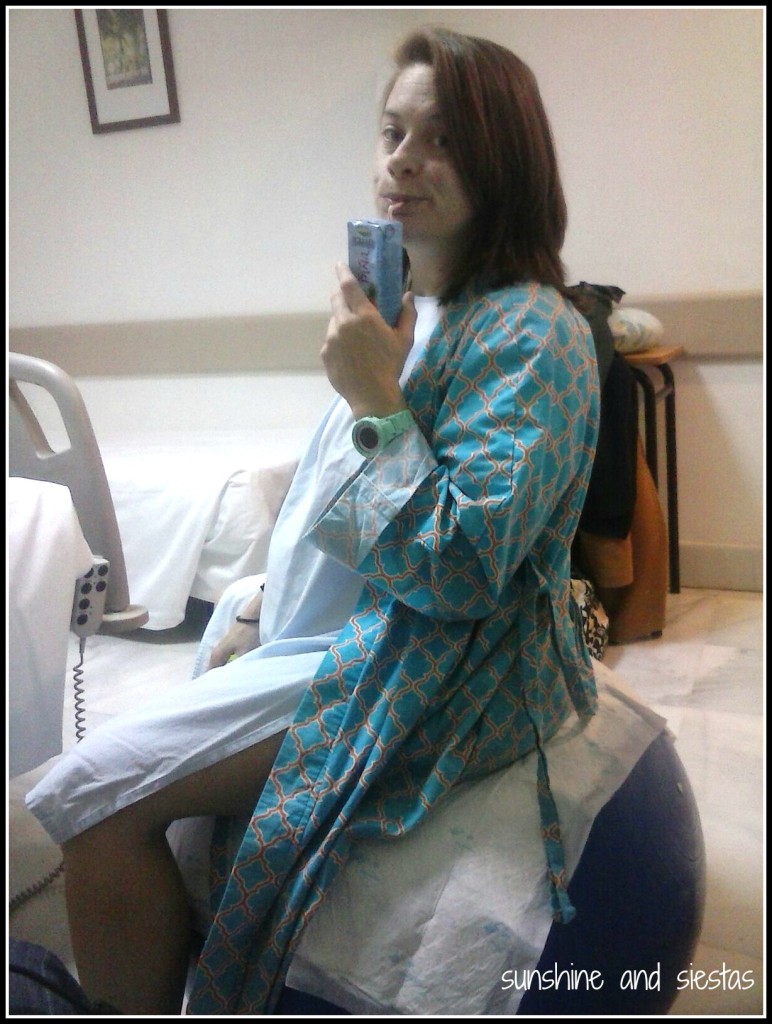
While my contractions continued to progress, I convinced myself that I was strong enough to not have an epidural. Didn’t they say you wouldn’t be able to talk, just concentrate on riding the wave of pain? The Novio sat, glued to the chair, eyes wide in terror every time I’d squat in front of the bed, white-knuckling the plastic footboard and sucking in air. “Te ayudo?” was all he could muster as I gave him a deranged smile and assured him I could do it.
Later that afternoon, when Orson Welles was on the front lines and my heartburn tasted like pineapple, Eduarda gave me a reverse compliment: You look good. Demasiada buena, too good. I stood up and gathered my slippers, a bottle of water and my courage: I’d need an epidural because I was getting pitocín, the drug equivalent of oxytocin. So much for a non-medicated birth.
To spare you all the details, here’s the cliff notes version: monitors, epidural, nausea and extreme cold (resulting in three blankets), drop in fetal heart rate, more epidural, nine pushes, a terrified father, Krissler maneuver, vacuum, stitches. The Novio nearly missed the birth when he went to make a few phone calls to our families and likely chain smoke – I, to this day think he had it worse than me that day (but I definitely had it worse the two weeks following). Enrique was born vaginally at 9:05 pm after 12 hours in labor.
As the stupor began to dissipate, I asked the questions: What color are his eyes? They’re shut. Does he have all his fingers and toes? All here. “It is a boy, right?” Yes, twigs and berries identified.
And my favorite: “Did I say anything mean to you to deal with the pain?” No.
When Enrique V was placed on my bare chest a half hour after delivery, I honestly didn’t feel anything but relief that delivery was over and that he was out and passed his Apgar exam. I didn’t feel a rush of feel-good hormones and instant bonding as I stressed over whether or not the baby was actually mine and still stupefied that I was now a mother and a whole new stage of my life had only just begun.
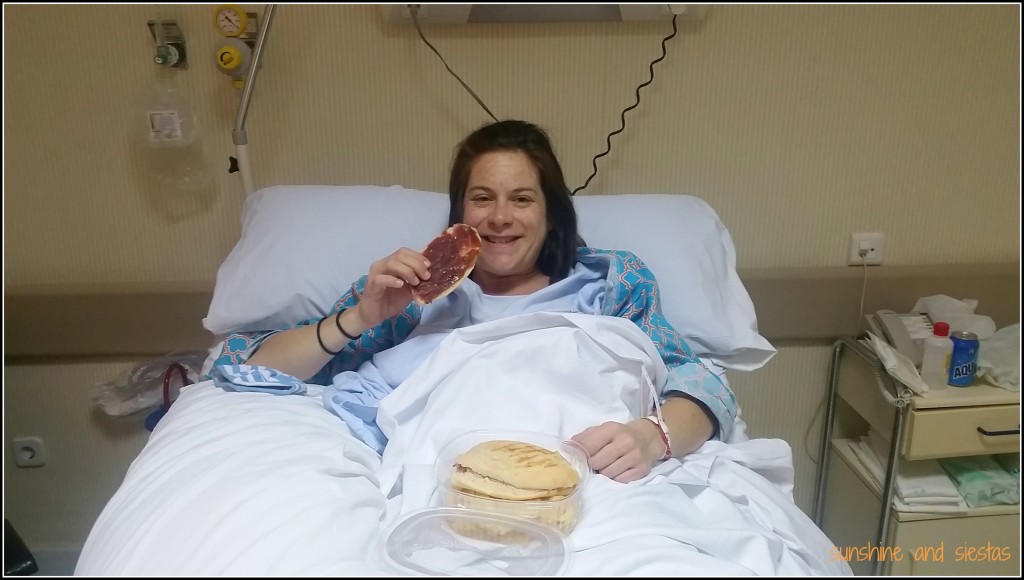
After 30 minutes of monitoring us both, I was wheeled into my room to recover and finally have two uninterrupted hours of skin-to-skin time. Lying facing the ceiling and the dizzying, harsh lights, I was almost relieved when the pediatrician came in to take the baby for tests and immunizations because I was ravenous and exhausted. The bocadillo de jamón that the Novio brought me was a gift from the Gods.
The Eighth Month
I spent the last four weeks of my first pregnancy in Seville.
More frequent were the doctor visits: there was a general check up and blood test at 37 weeks, a stress test the following and a further check up at week 39. Eduarda examined my cervix at each. I was hopeful that I’d already begun dilating but she clucked at me and told me that long walks and gravity would help the baby coax himself out. Still feeling resilient and not terribly uncomfortable, I wanted to relish in my last few moments of a life that would always be “my past life.”
So, I got my haircut, made use of my bathtub and painstakingly folded the tiny onesies and knit sweaters.
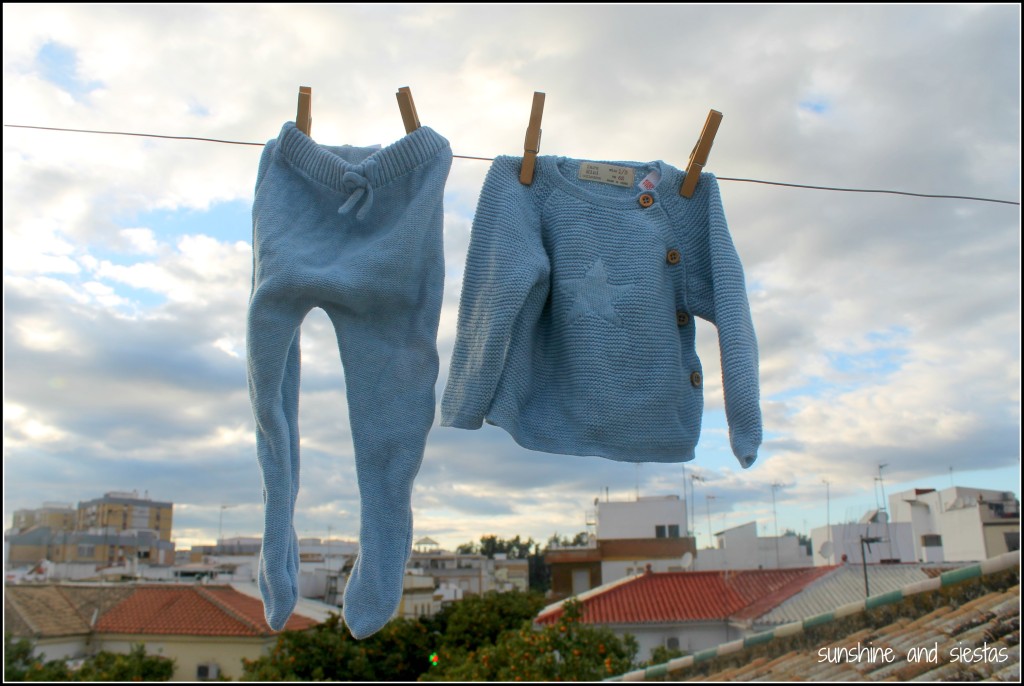
Because we’re in a rental in Madrid, I couldn’t truly nest until we arrived. Every afternoon, I’d take stock of everything I was missing for the baby and order it from Amazon before passing out cold on the couch. I put together my breast pump and cleaned the pram where the baby would sleep. I tried to imagine his face, how his skin would feel against mine, what I’d do when he slept 18 hours a day. This would, inevitably, end in tears as I thought of the beautiful pregnancy and the way the Novio and I had bonded over taking the next step in our relationship by becoming parents.
For the most part, I felt prepared for the birth. I had watched videos while strengthening my pelvic floor. I gently told my mother that, if push came to shove, I’d prefer to have my mother-in-law with me in the delivery room because of the language barrier. I looked up articles about hypnobirting and doula services. It was everything that came after the birth that made me the most nervous.
The night before my induction, I couldn’t sleep. I scribbled notes on the birth plan in a flurry of arrows and asterisks, took another bath and tried to fight my restlessness. It seemed insane to think that, in all likelihood, I would meet my baby face-to-face (or rather, mouth to boob), within 24 hours. I willed him to burst into the world on his own so that I could labor at home and still be able to snack, but 7am on Wednesday, January 4th came without as much as a hard kick from the baby to tell me he was ready.
^^^^
Our time in the hospital after Enrique’s birth was a literal blur – I was afraid to walk too far on my own, the baby kept us on a sleep schedule of about 15 minutes every few hours, and I struggled to breastfeed between visits and pills and rest. My body felt like it wasn’t my own anymore, as I couldn’t control my legs or sit up without help from a nurse. Everything was a series of firsts – from first shower to first visitors to first realizations that I’d never be the same again, not mentally or physically.
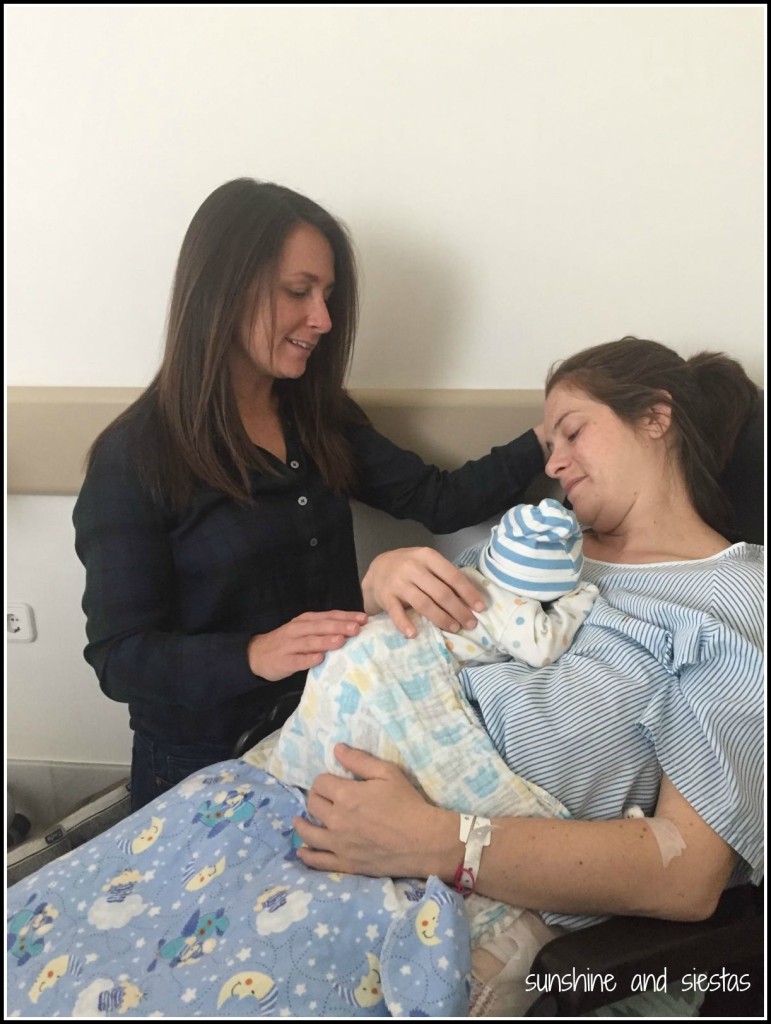
At first, I had asked for total privacy. This meant no phone calls or visits. In Spain, everyone you know, from family to coworkers, come by to see the newborn. Unsure of how I would feel, I was not interested anyone see me all puffy and broken, and I remember the look of terror and extreme exhaustion on a friend’s face when we went to visit her and her second child. Had I been at a public hospital, I would have shared a room and likely been privy to people visiting at all hours, as hospitals in Spain rarely keep strict visiting hours.
The hospital was fantastic at checking in on me and making sure I’d peed, and the matronas and nurses kept my suegro – who tried to milk me – at arm’s length. I felt that more care and attention was given to me over the baby, truthfully, though they showed me how to swaddle, bathe and feed him.
^^^^
Two days later, on Día de los Reyes, we were given the alta to go home. I had checked out in the morning after a bowel movement and a uterine massage (that was more painful than birth without much more than an aspirin in my system); the little guy was seen a few hours later by the attending pediatrician, but not the requisite 48 hours that a hospital keeps. Because it was a holiday, I would have had to wait until the following morning around 9am to be given the OK to take our little bundle of tears home if I had chosen a public hospital.
The Novio had been at home cleaning and resting while my family kept me company, but when I called him, he couldn’t come immediately: the Cabalgata was passing through. Sevilla. We returned home to a house full of people and a large roscón de reyes. I ate as if I hadn’t consumed anything since that bocadillo de jamón, gulping down water between bites. My suegro got the small toy, a plastic Tigger, and immediately gifted it to his first grandchild.
The Novio let his family and mine take care of me and Baby Enrique post-delivery while he took care of the paperwork to register the baby’s birth, update our libro de familia and get an appointment for his DNI and Spanish passport. While I fluttered between confidence and desperation as I was convinced that the baby had caught a cold or wasn’t eating, he bused himself between government buildings. Not even a newborn can escape the wrath of Spanish red tape.
^^^
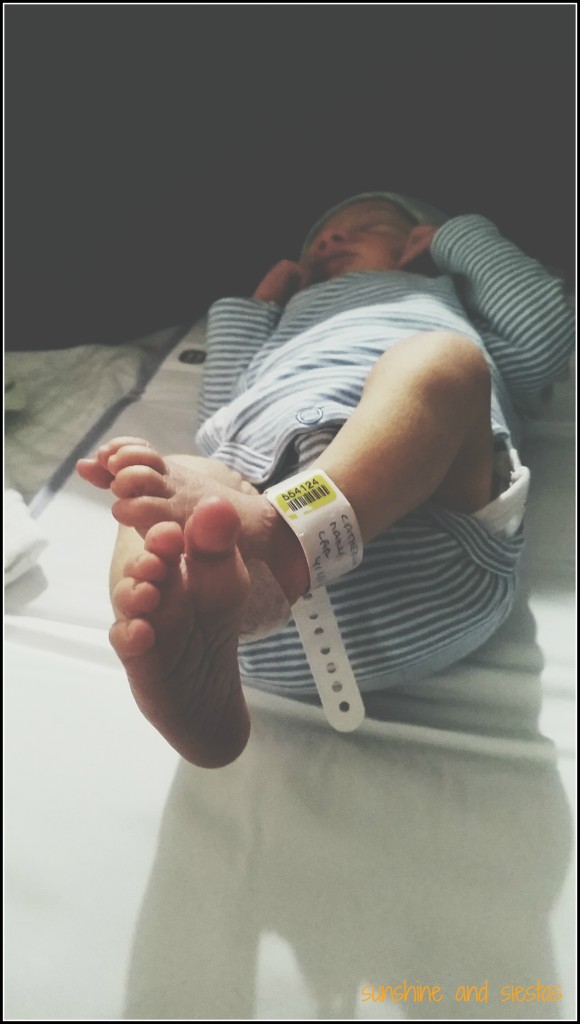
In retrospect, the first few weeks were the calm before the storm. I had plenty of help and hands to hold the baby so I could shower, stay fed and get some sleep every once in a while. The overwhelming feels, emotional highs and the breakdowns would come later, once the baby became colcicky and the Novio had to go back to work.
At my lowest, I consisted on granola bars.
But I made it. I look at my baby sleeping in my arms and sometimes struggle to remember that we’d ever been without him. They told us in prenatal class that we’d forget all about the pain of childbirth as soon as we saw and held out babies. It’s true that after I healed and began to get a handle on everything motherhood, I forgot that it was hard to walk for a month and that breastfeeding hurt.
In those rare moments when I don’t have a baby stroller or a diaper bag on me, I wonder if other people can tell I’m a mother, or if those other frazzled mommies think that they envy me because I’m not totting kids around. My body has morphed back into its old self and my baby bump is long gone.
I certainly feel different inwardly though not so much outwardly, but find myself pace quickening as I leave work and head home for my boys.
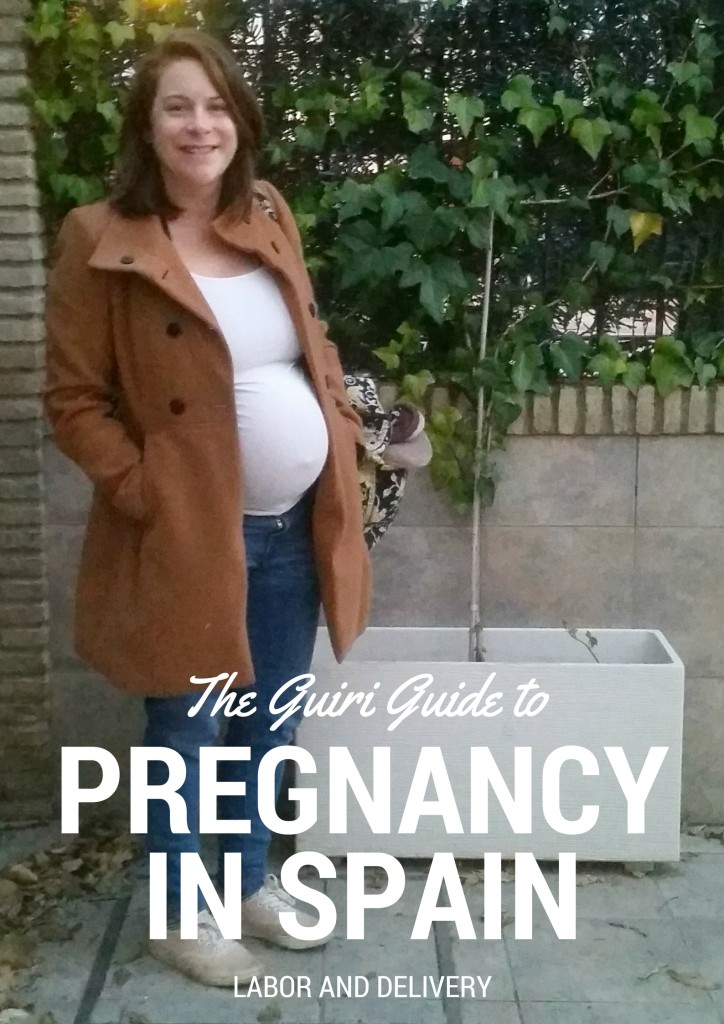
I’ve spilled all of the details about my transition into motherhood in a forthcoming post – from breatsfeeding to Mommy culture to something I’m not afraid to confess, even though it’s not the popular opinion. I have plenty more posts about Spain coming up, too! That is, once I put the baby down and don’t have him crawling all over me.


